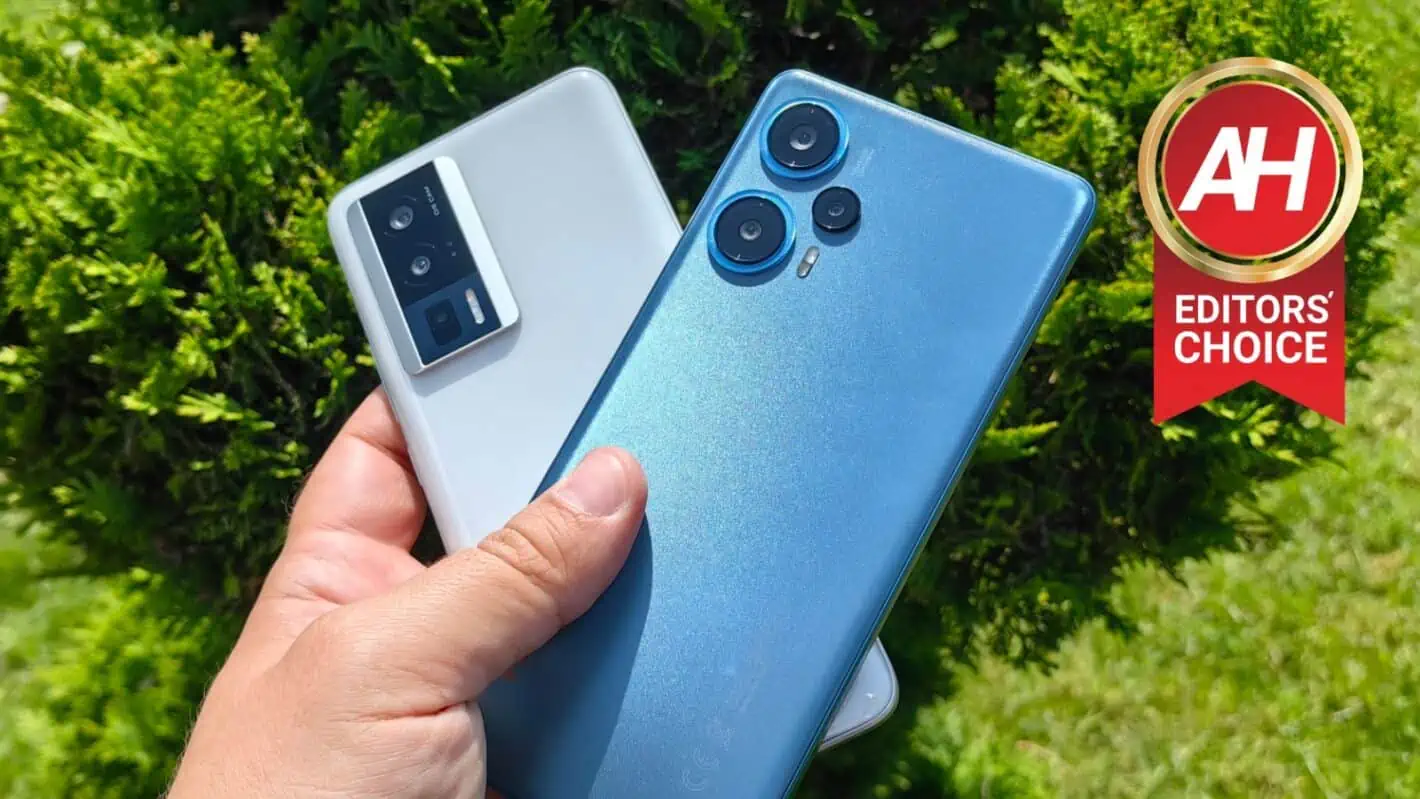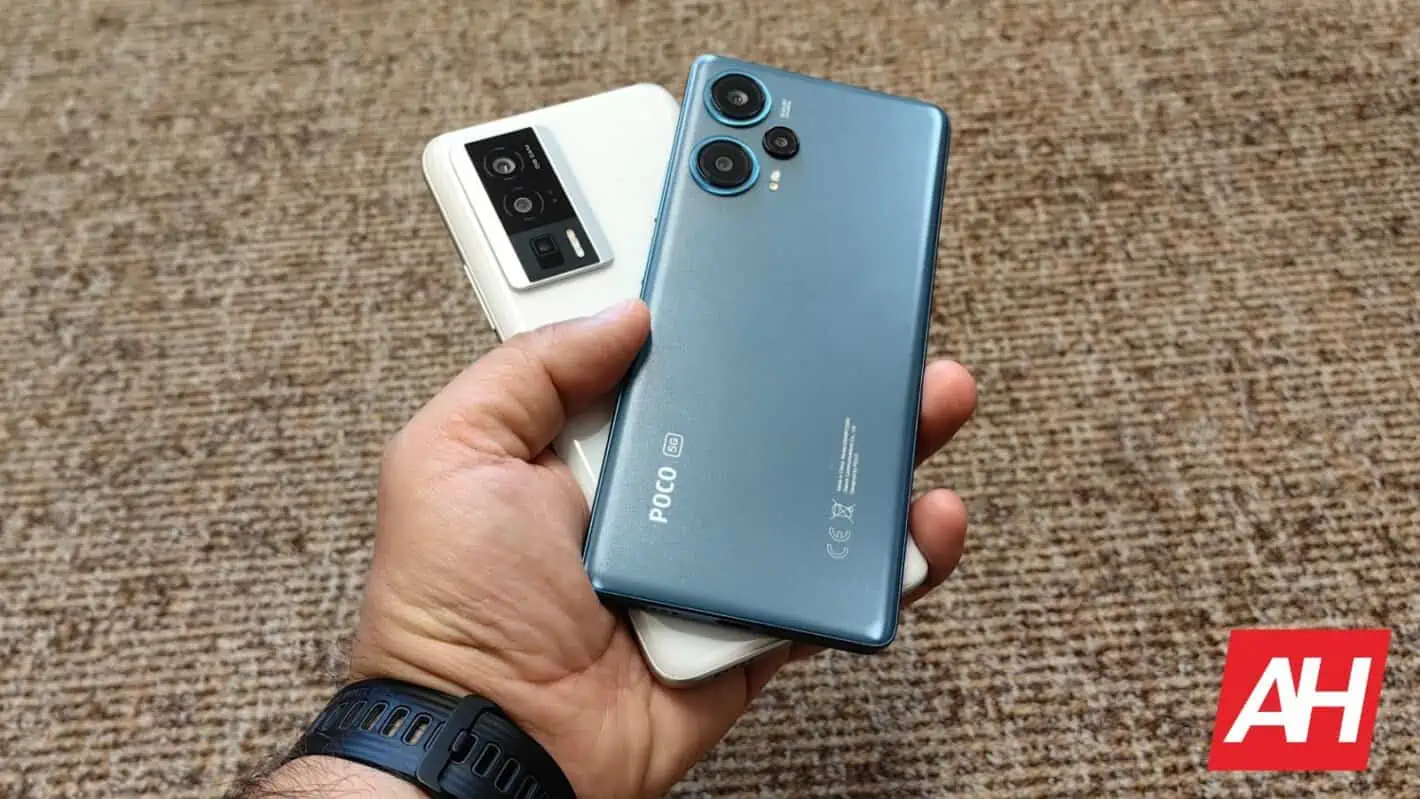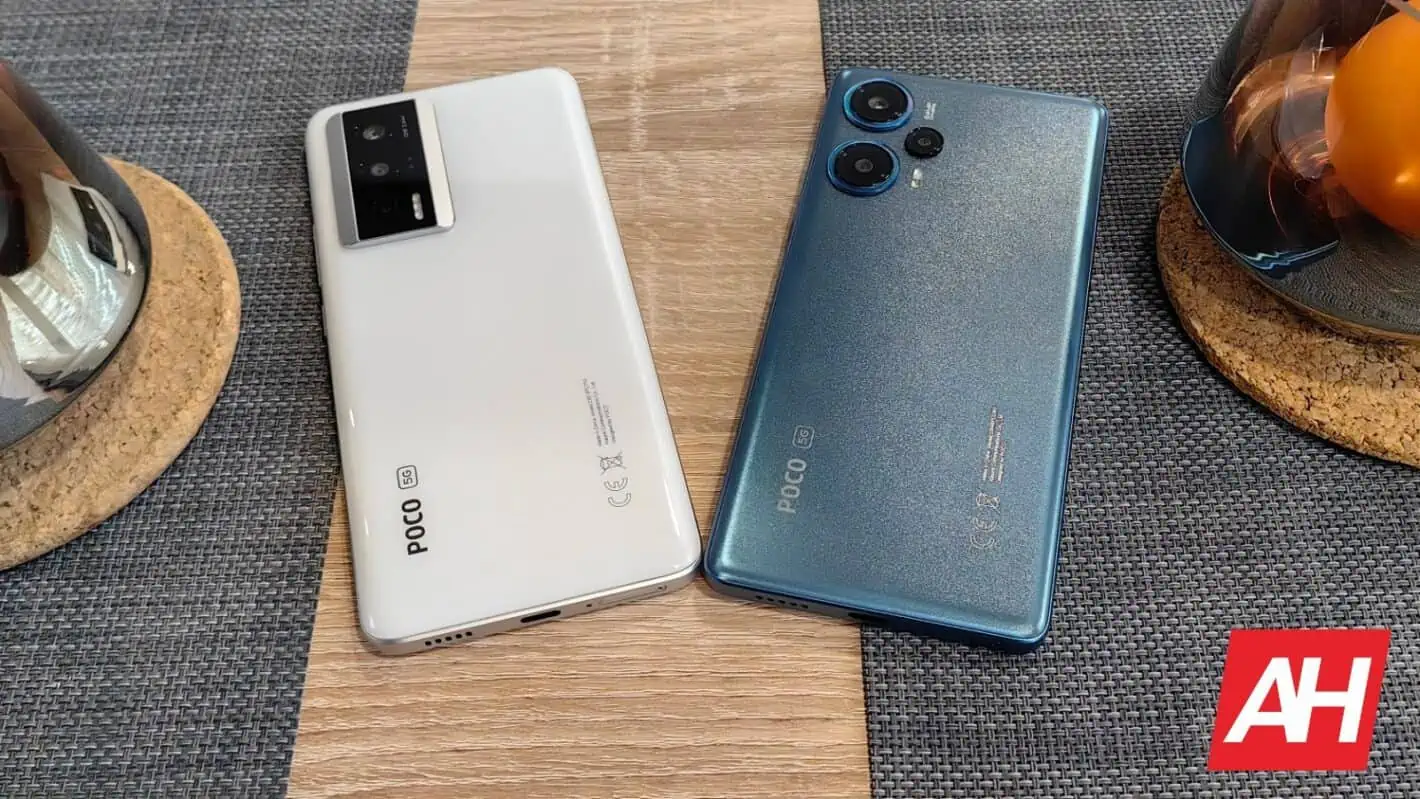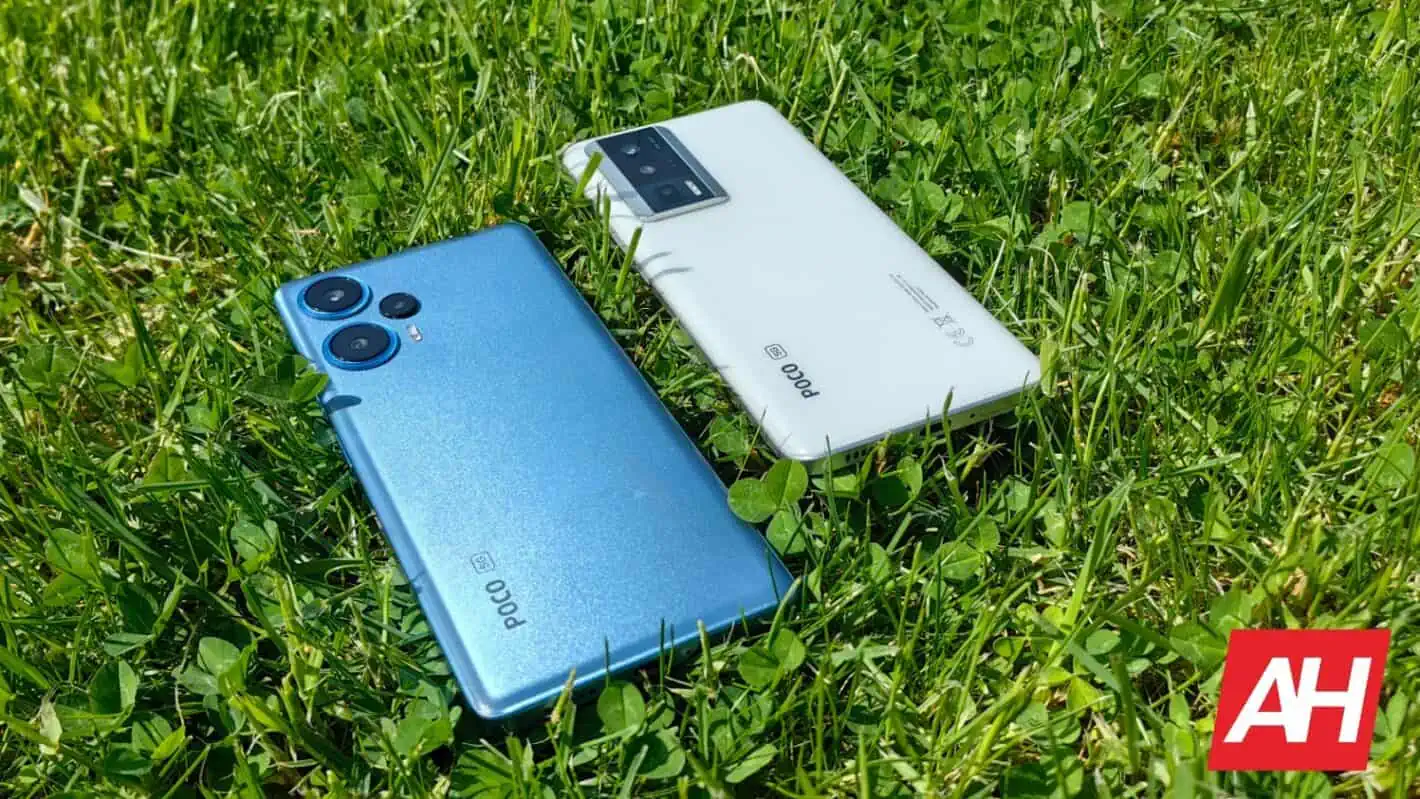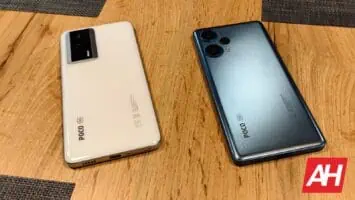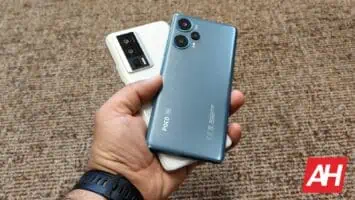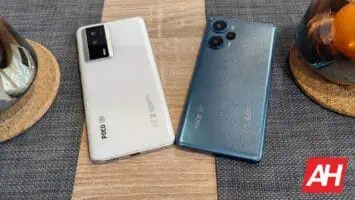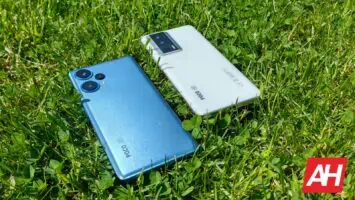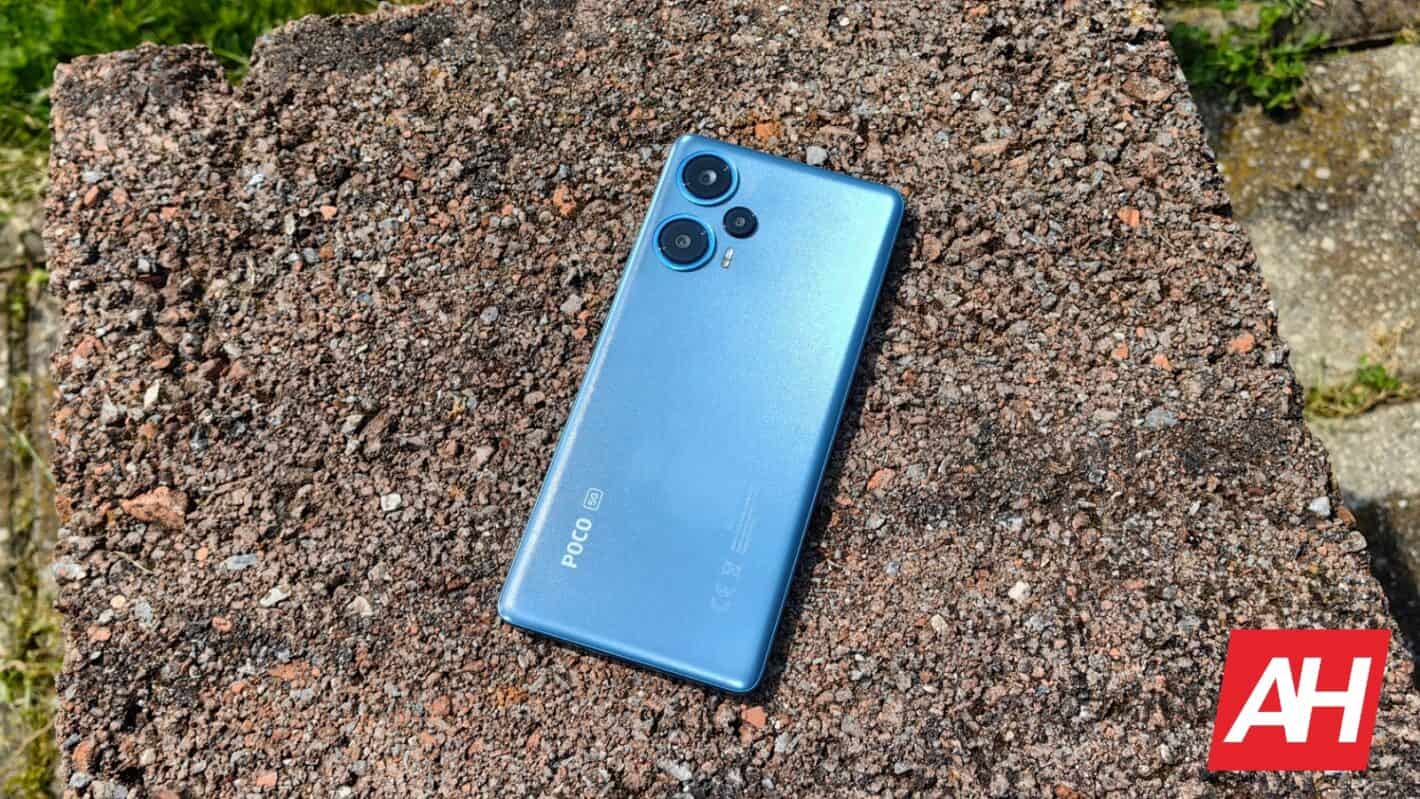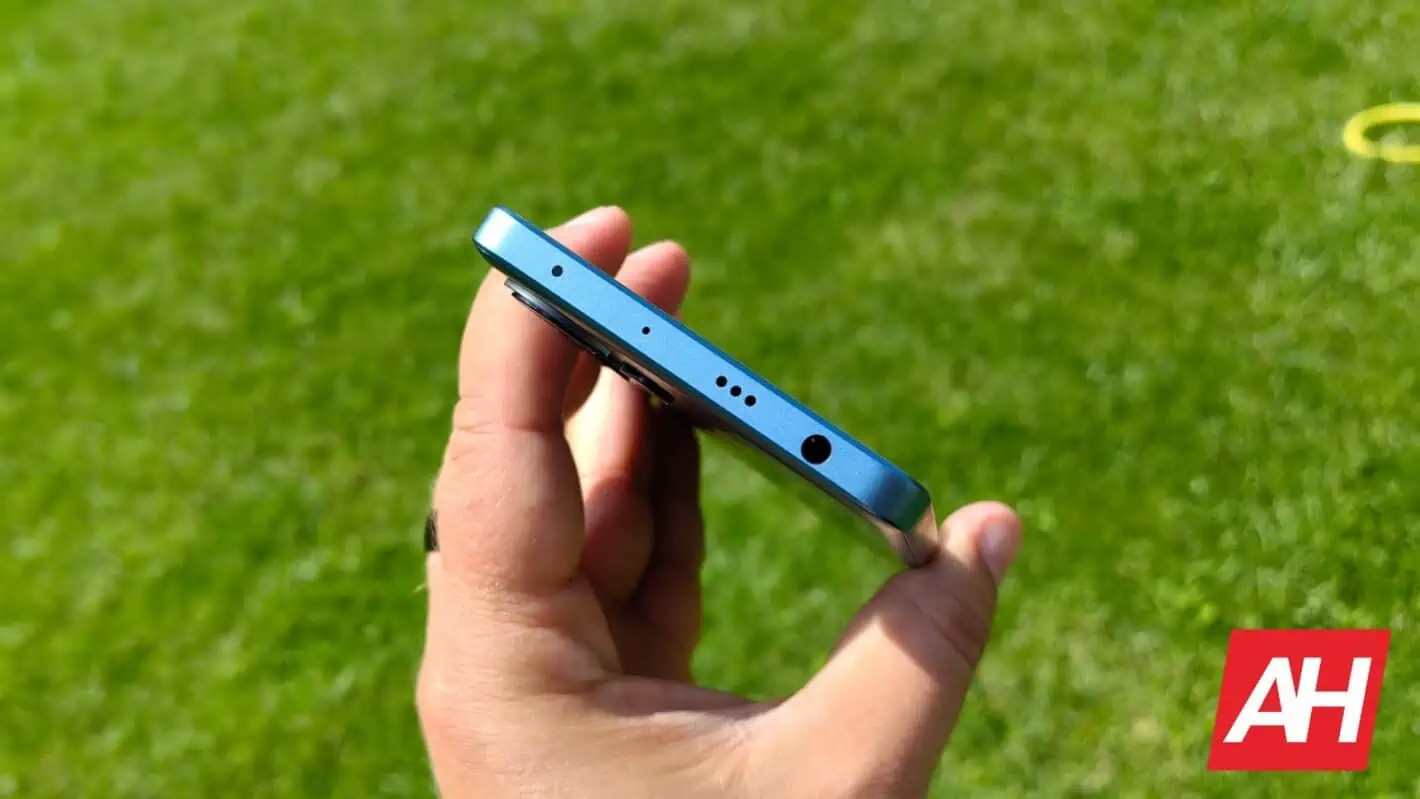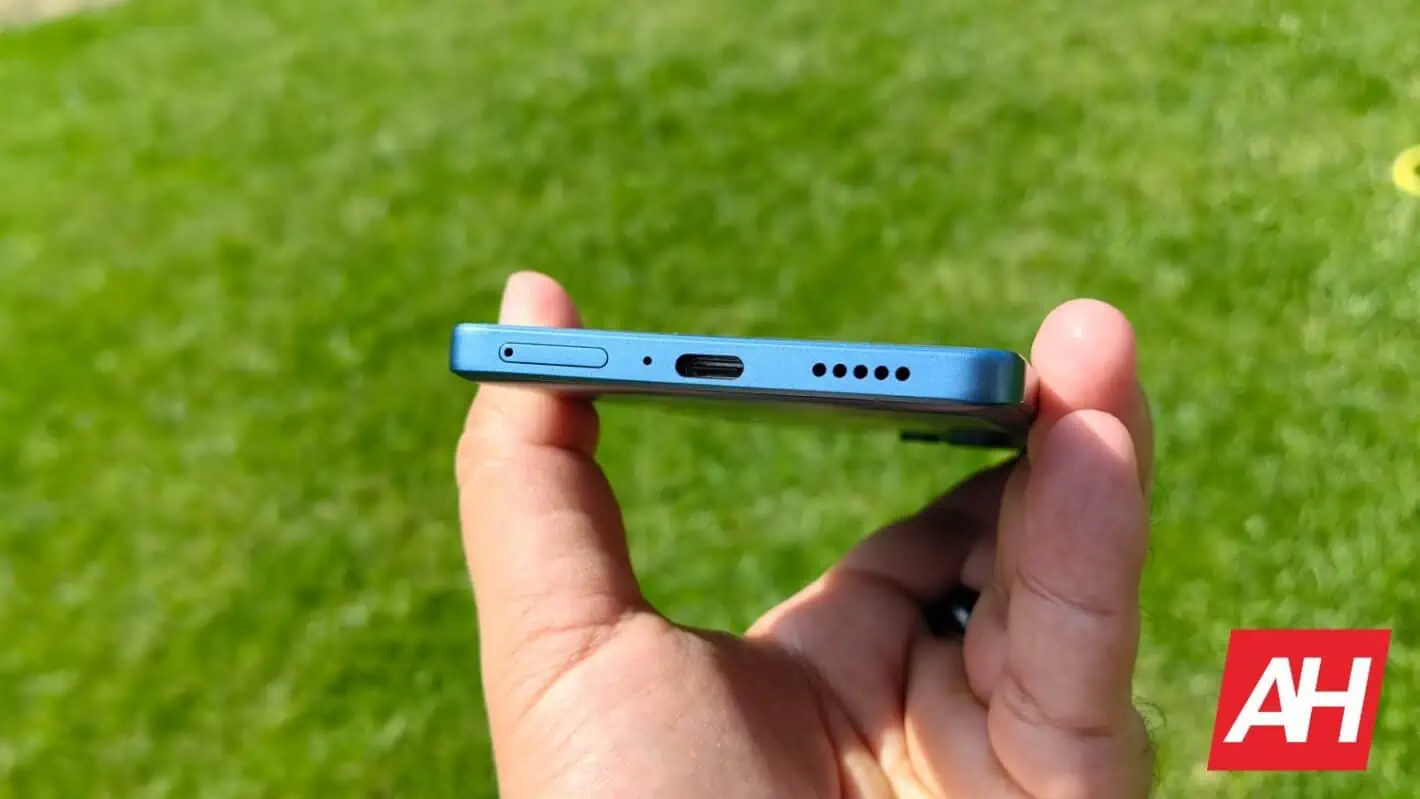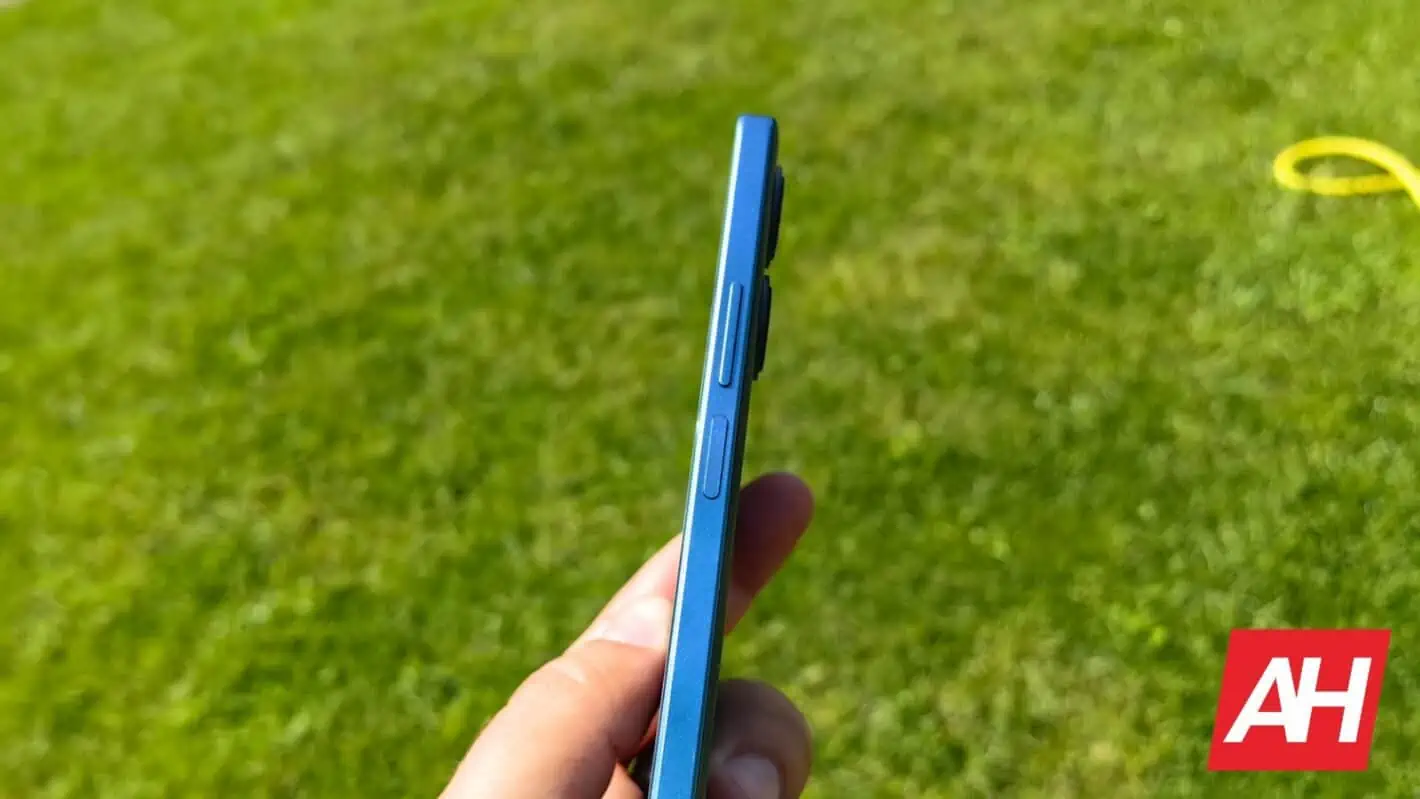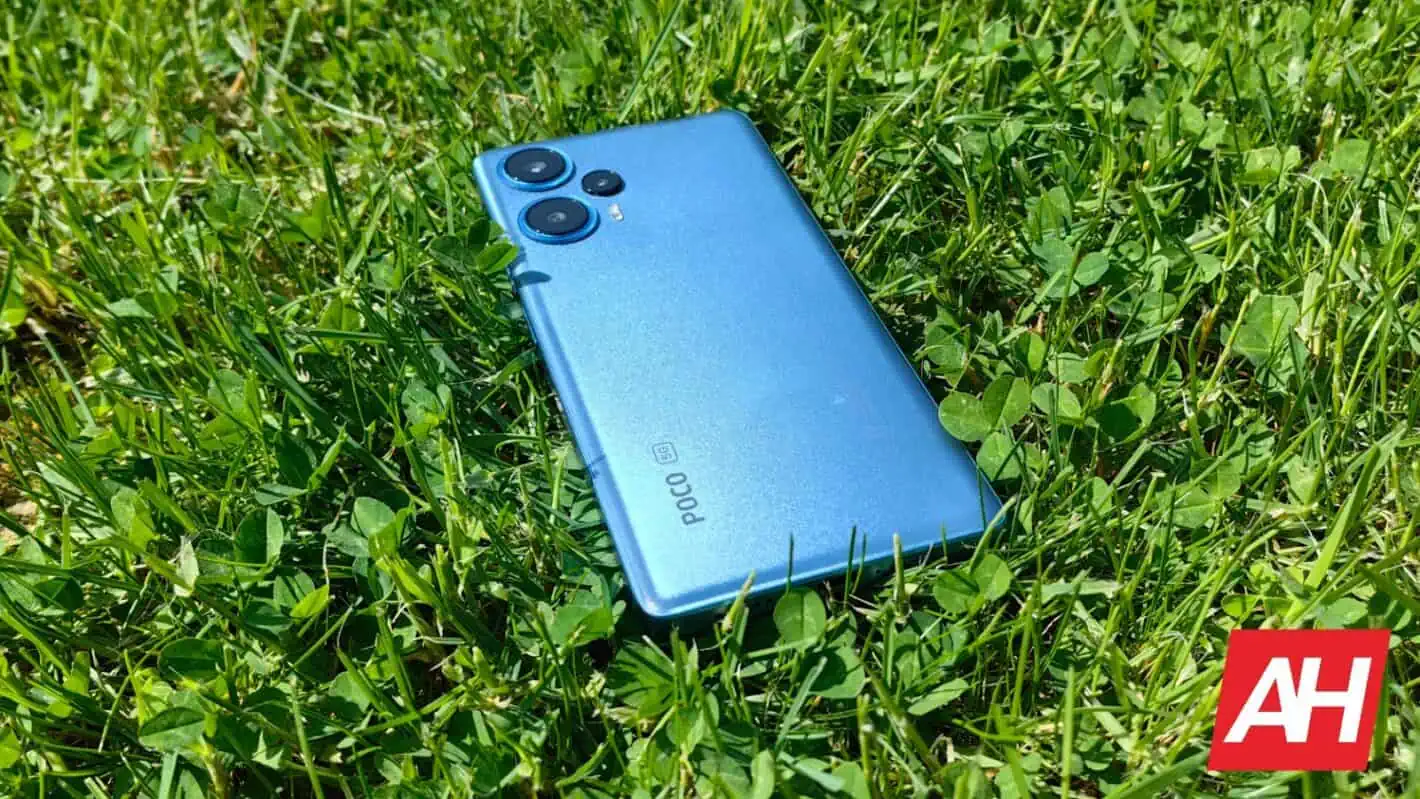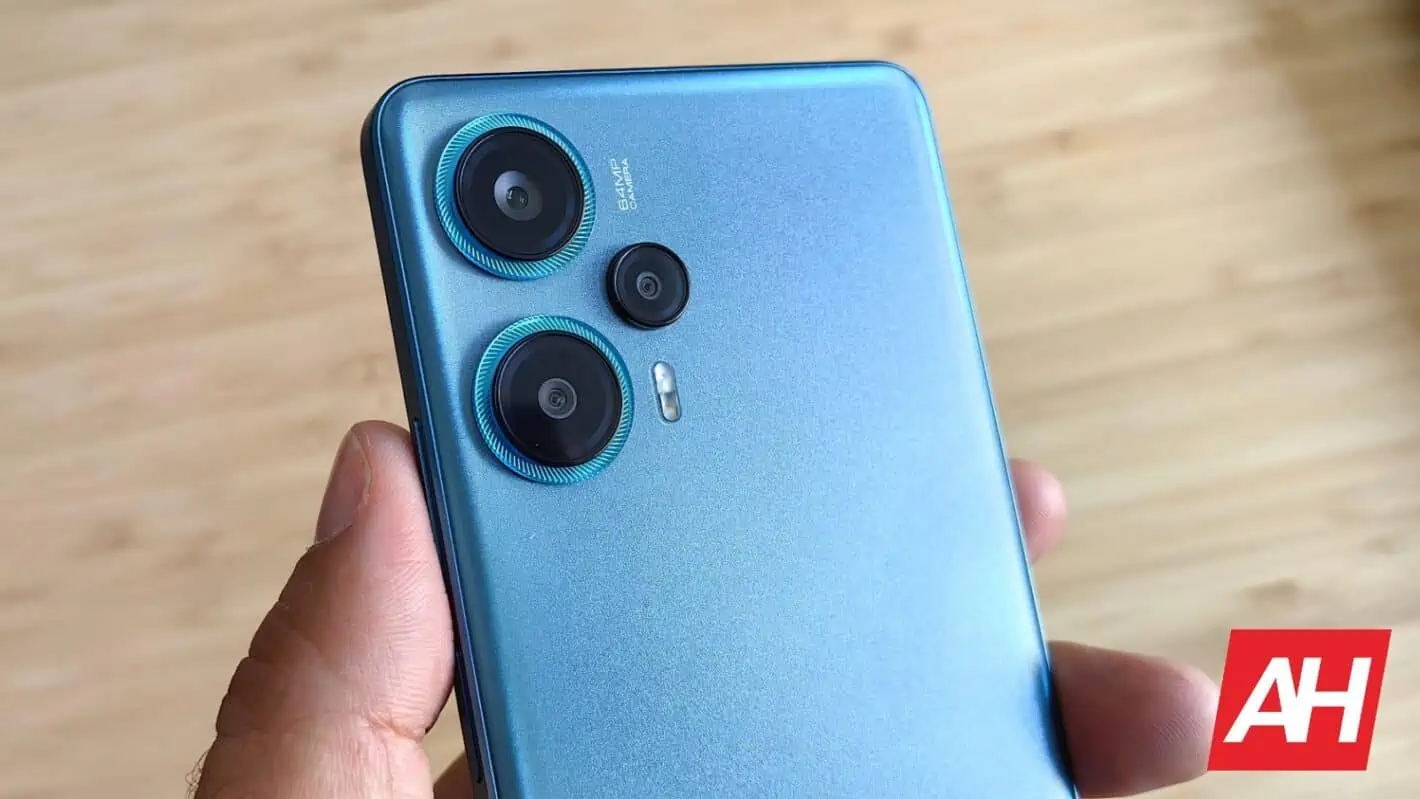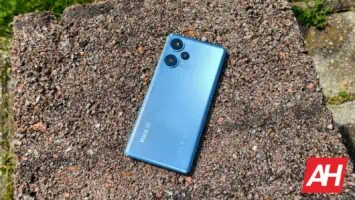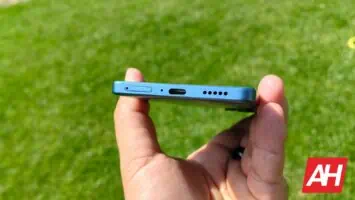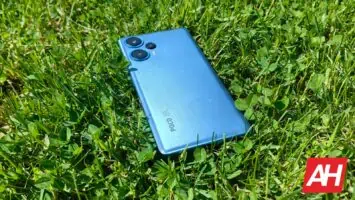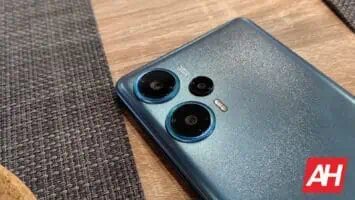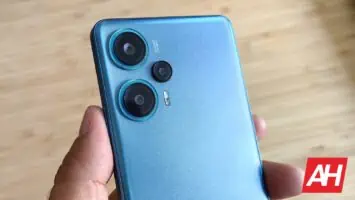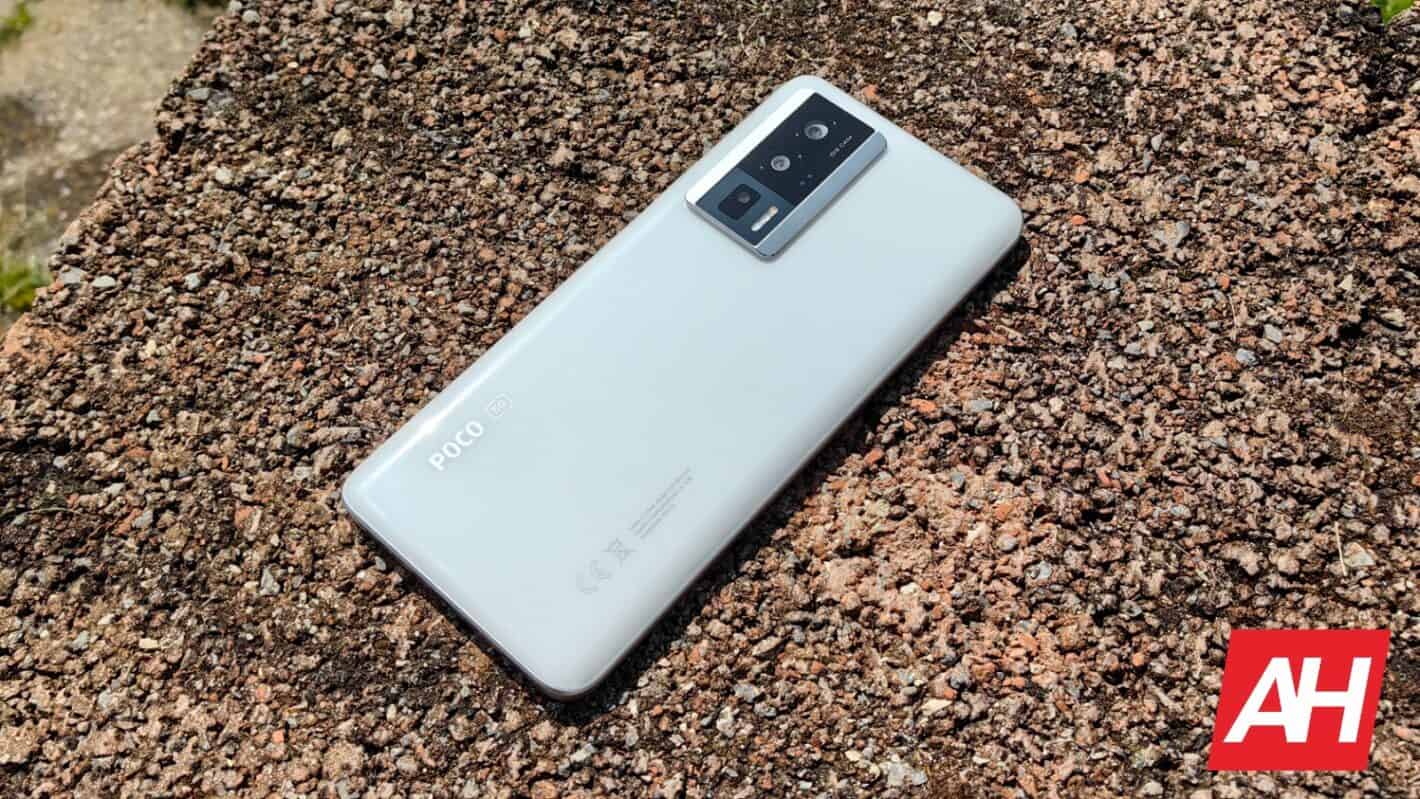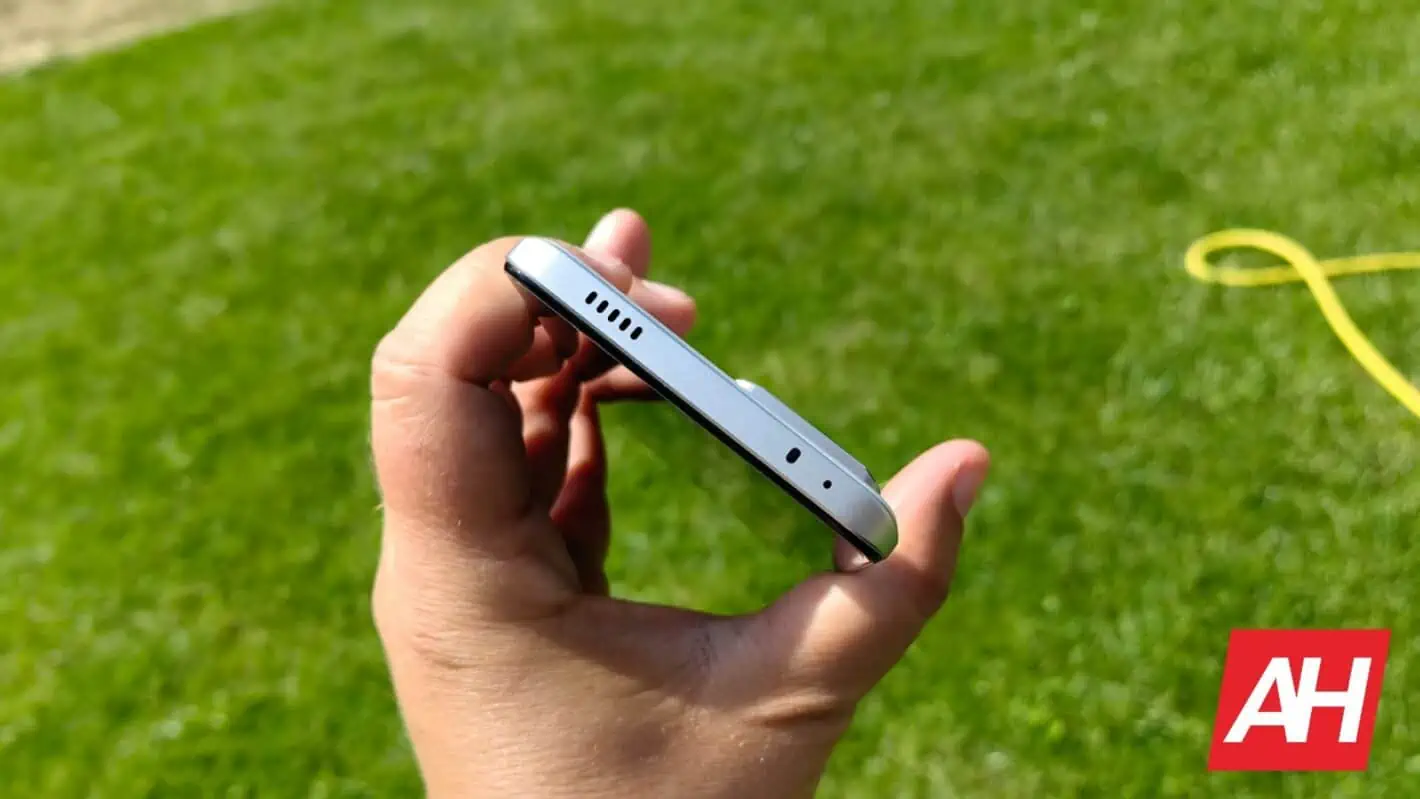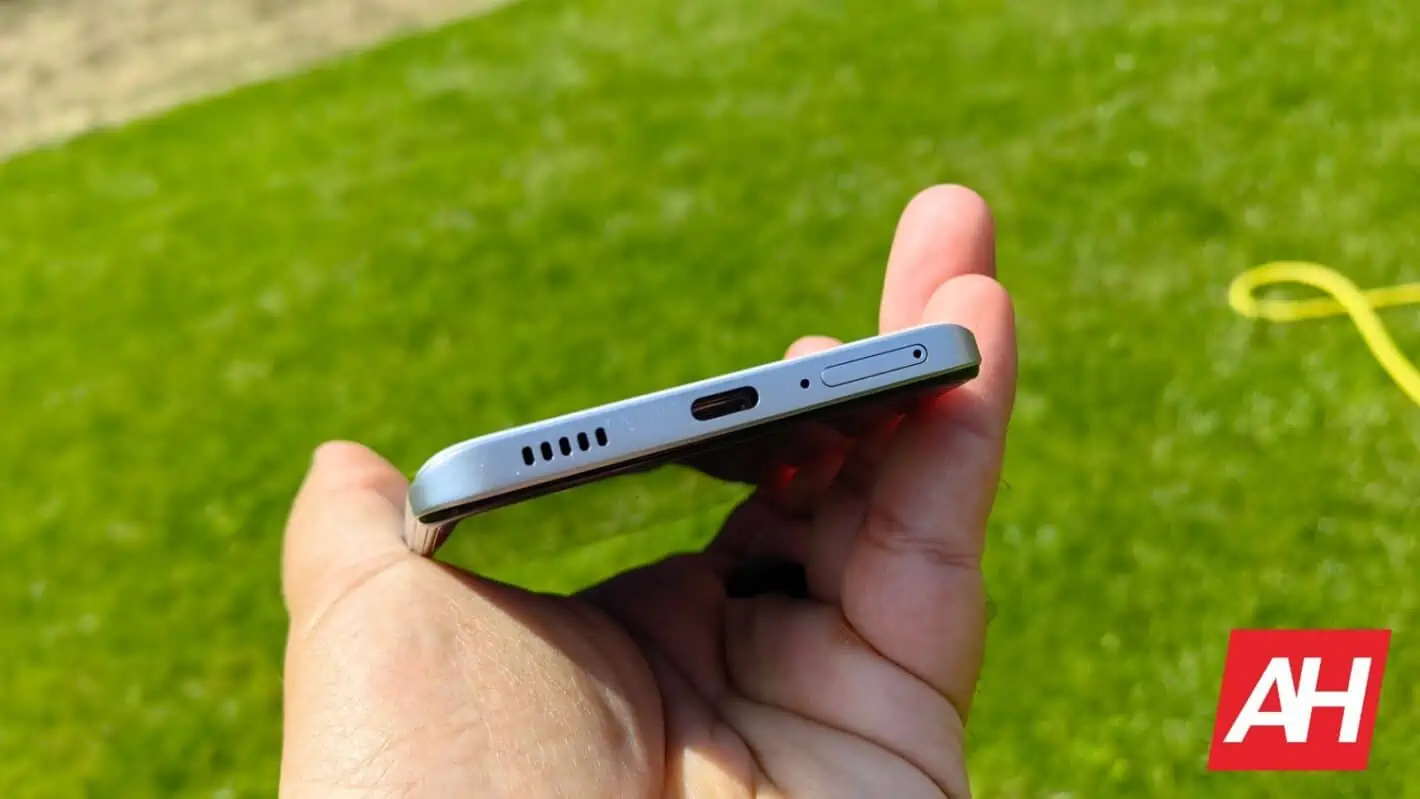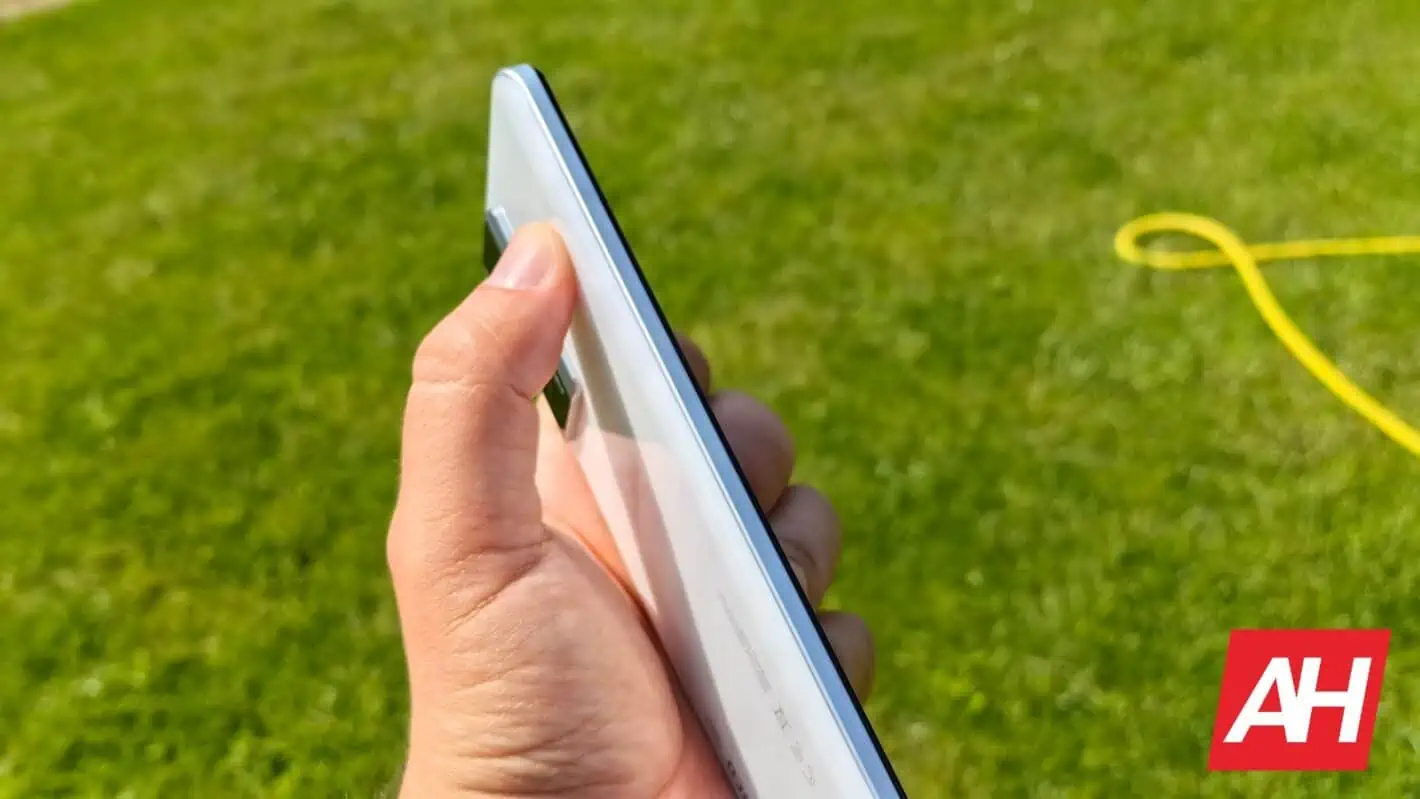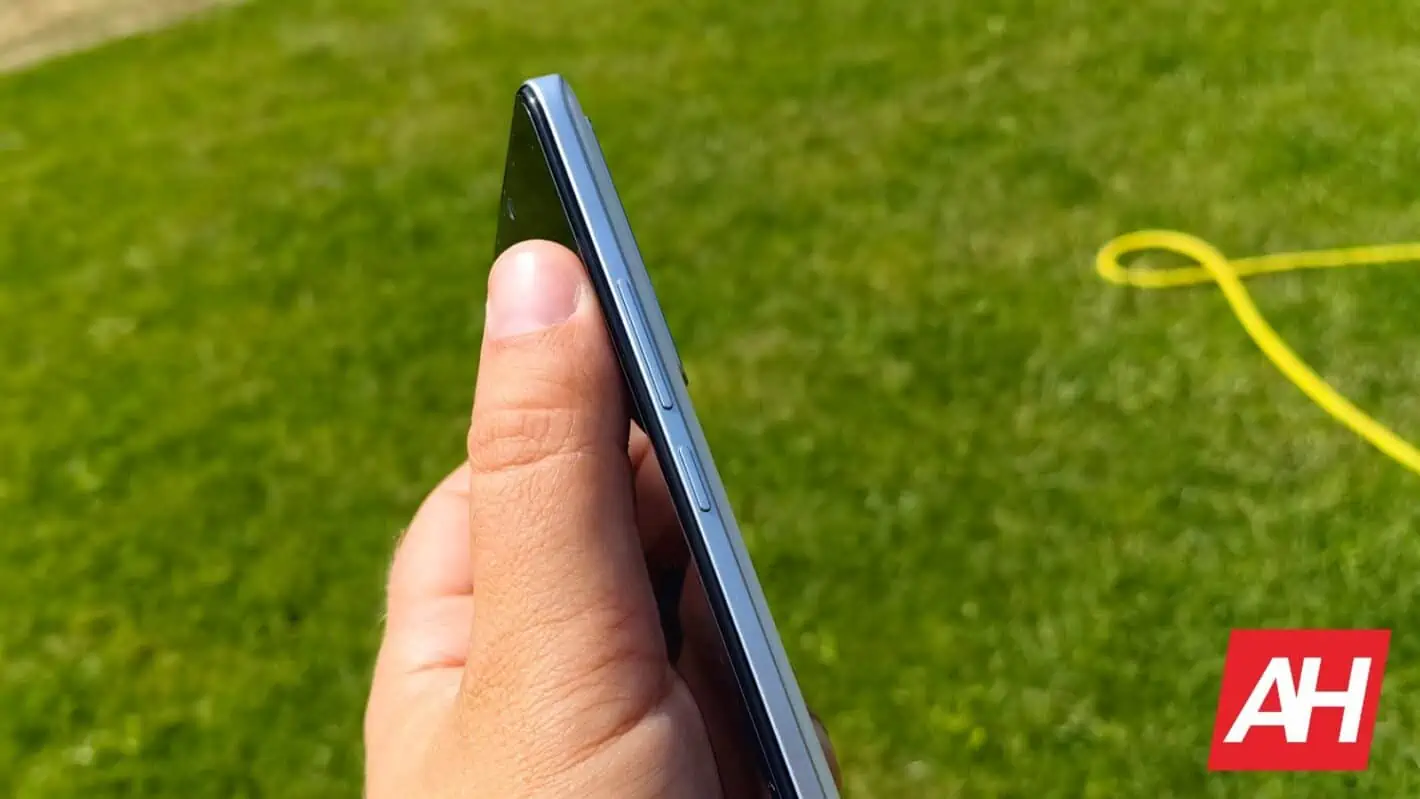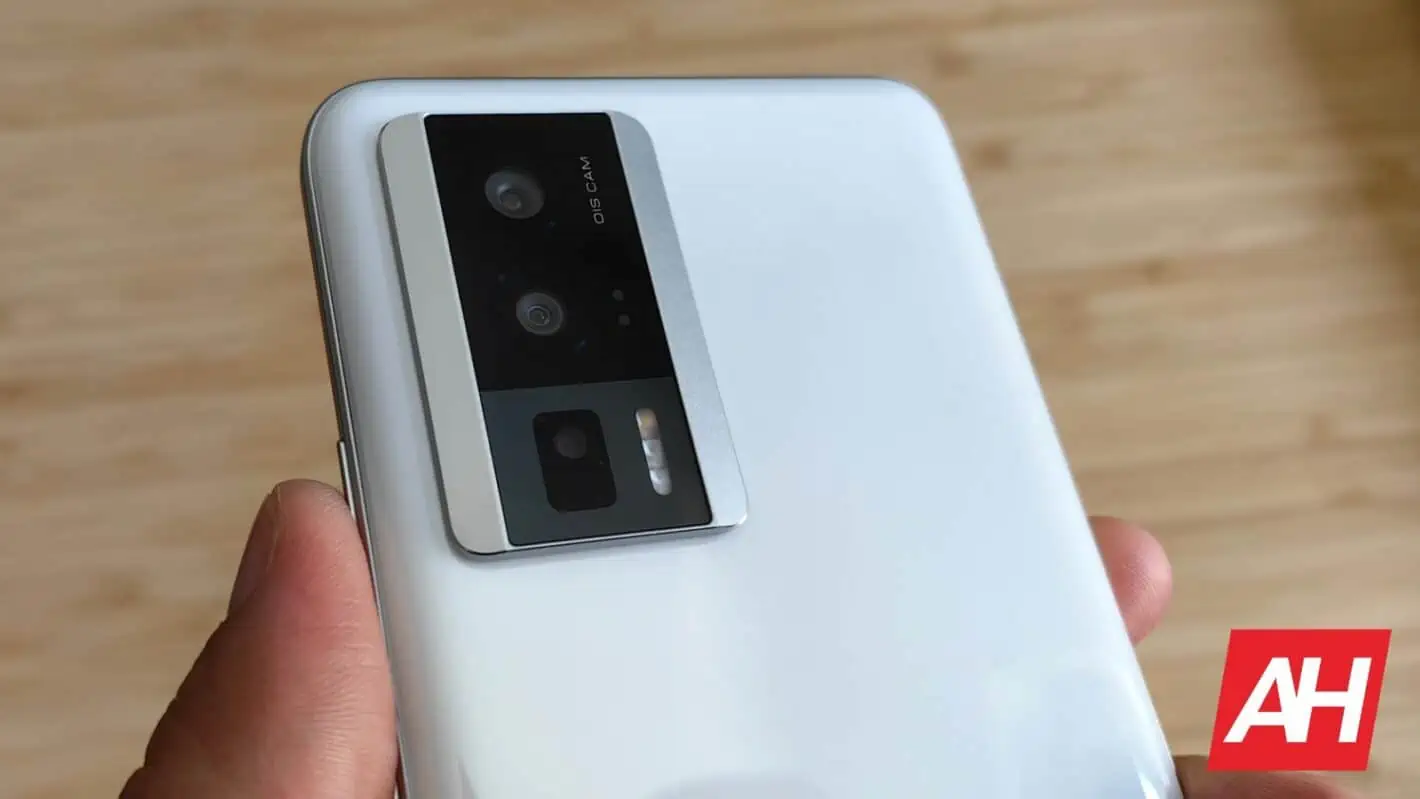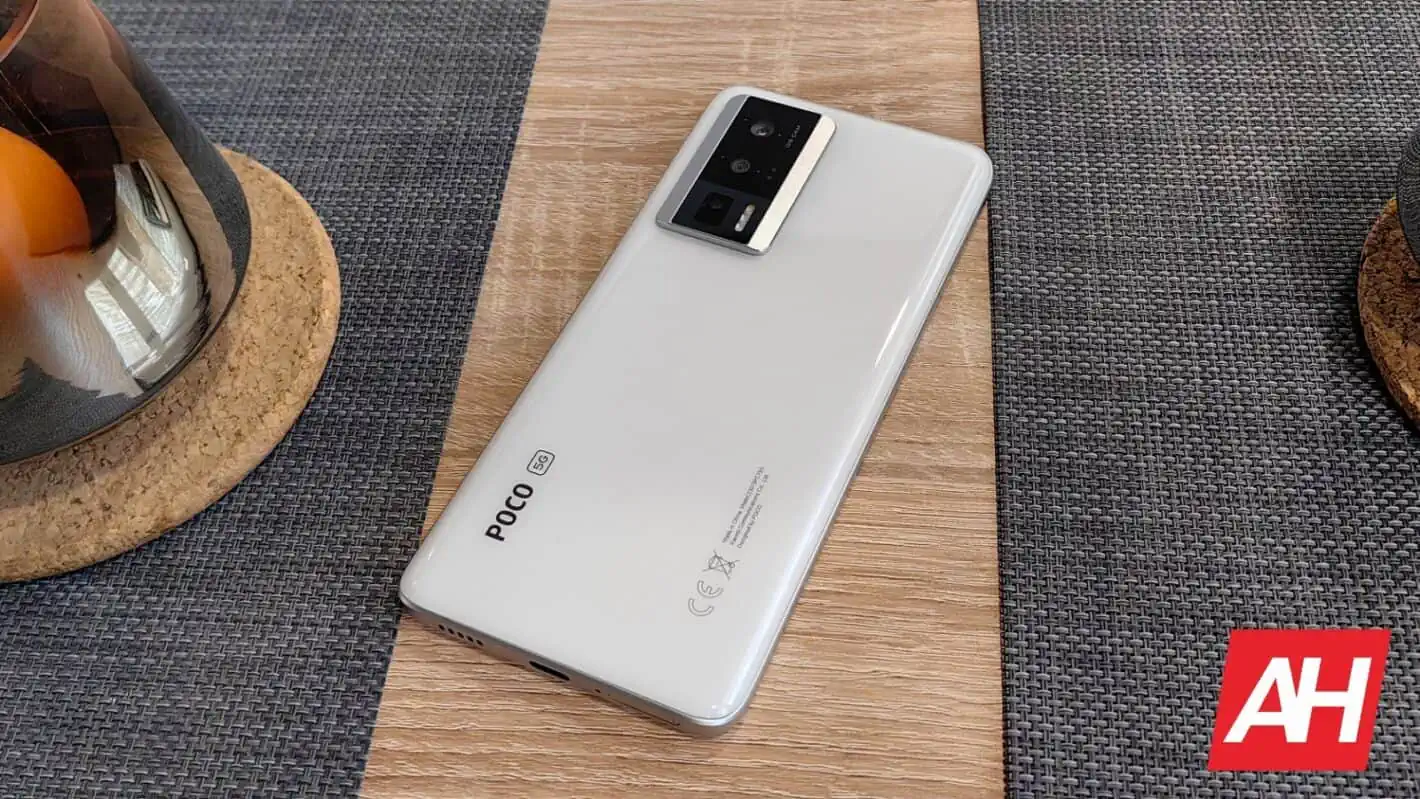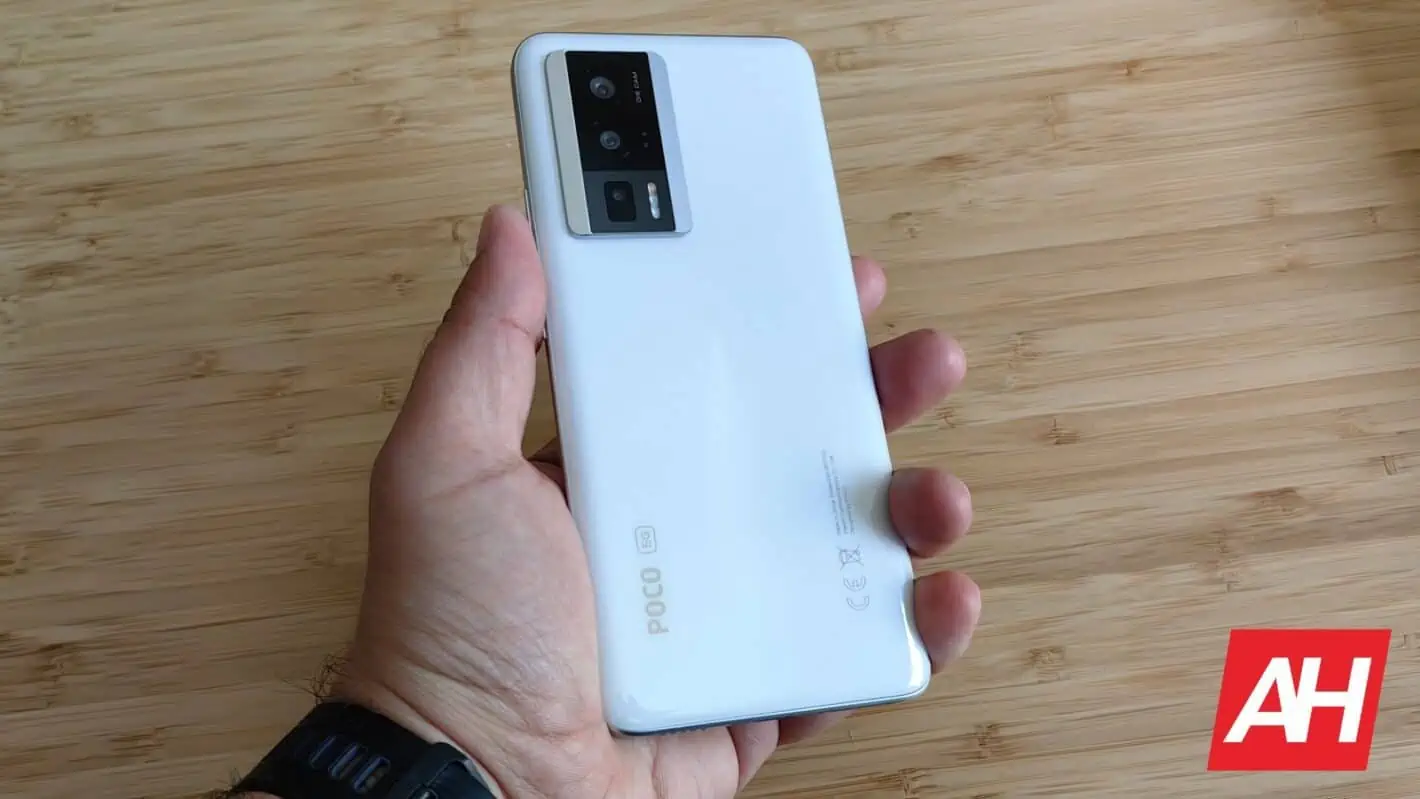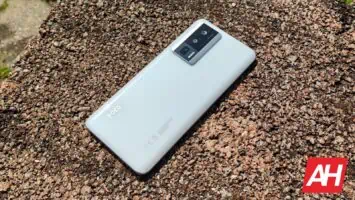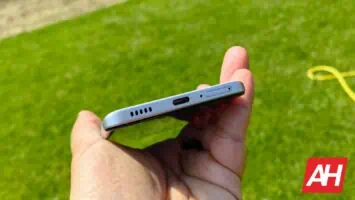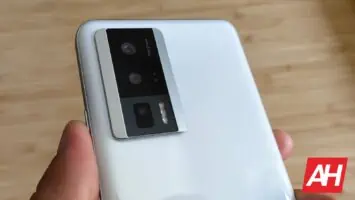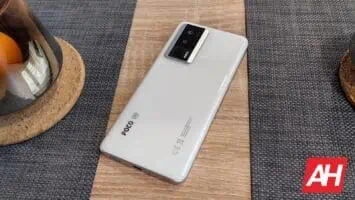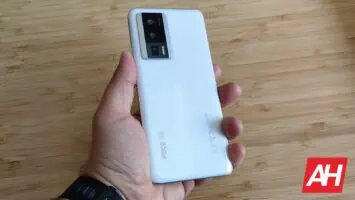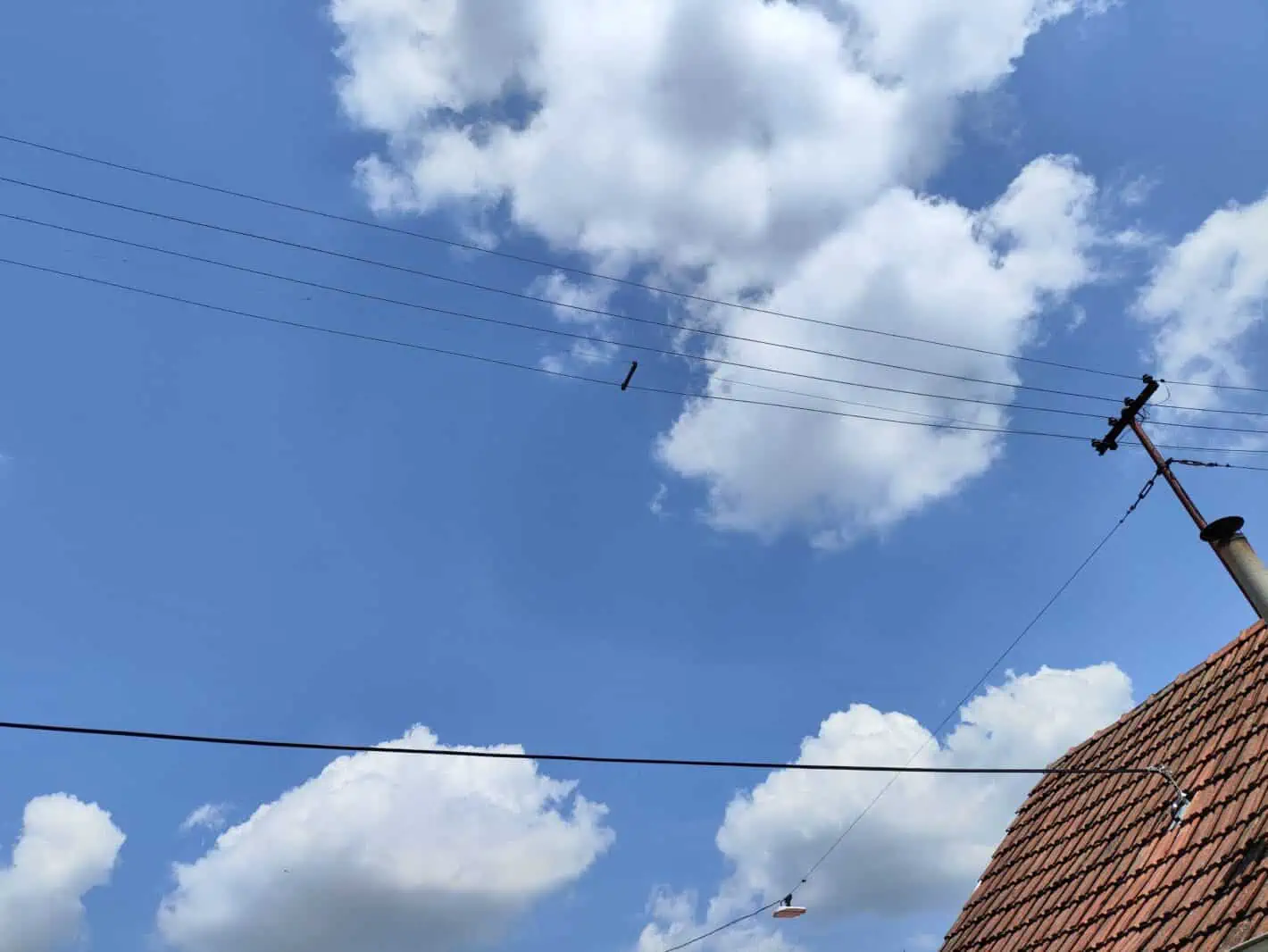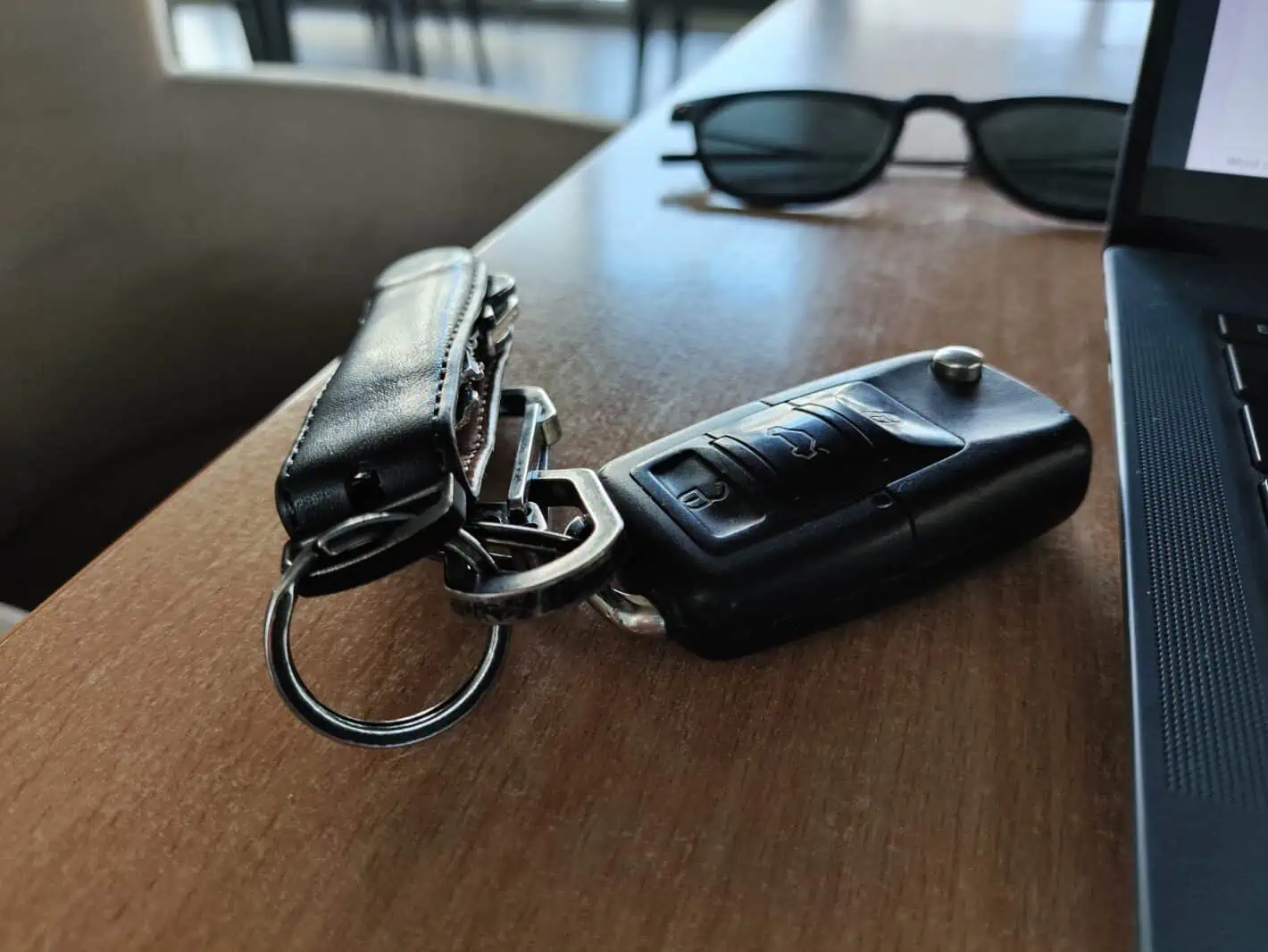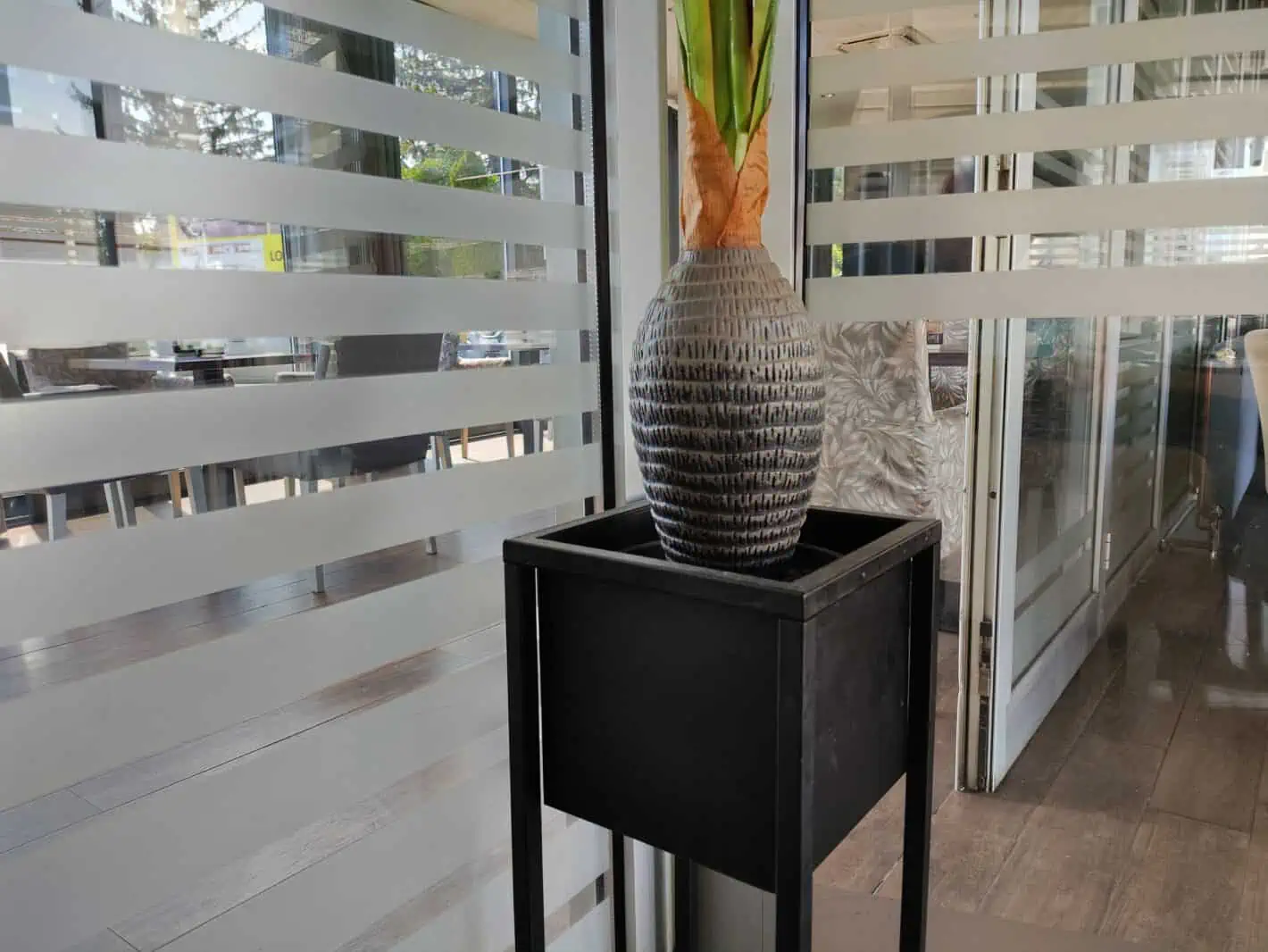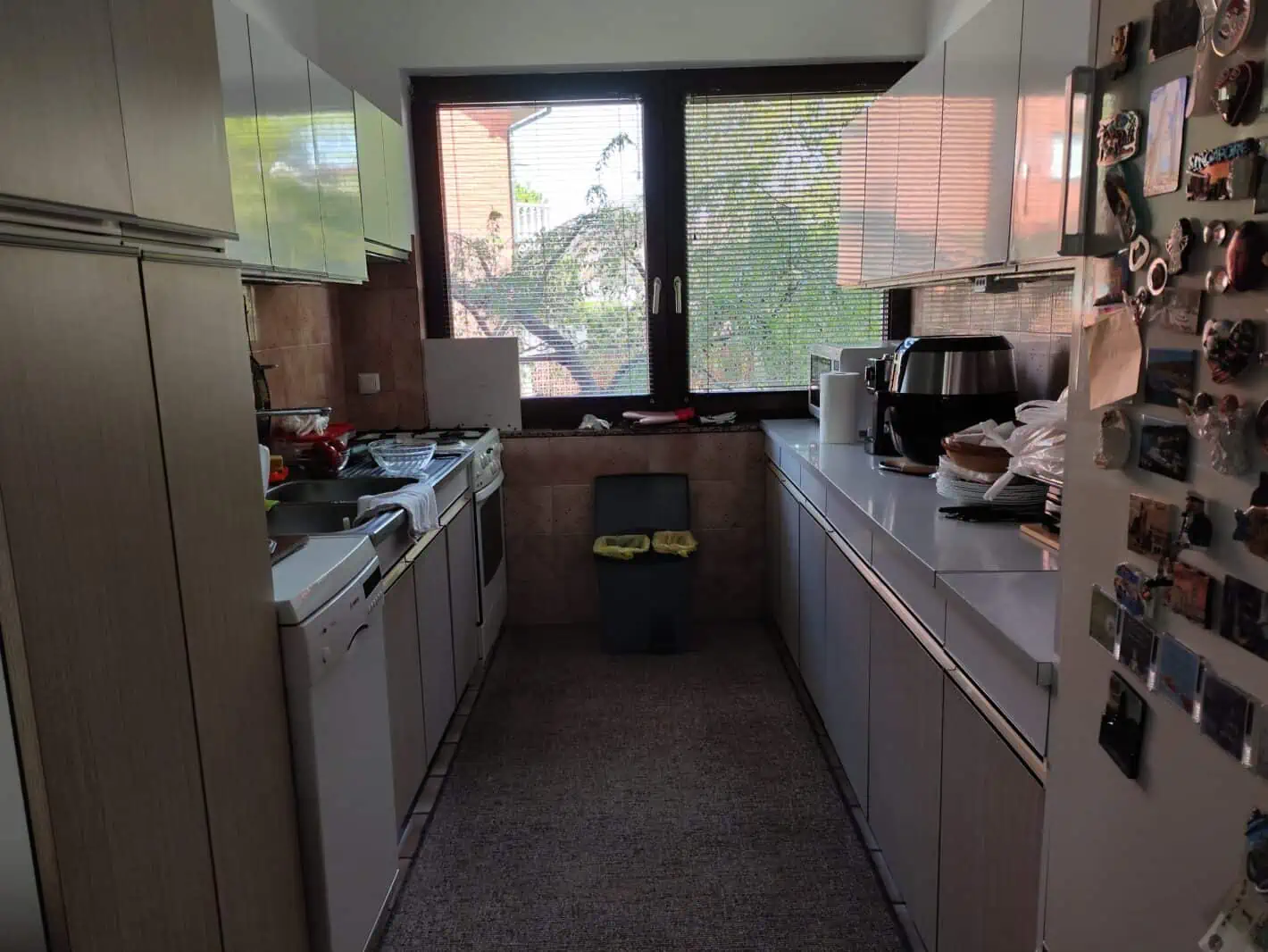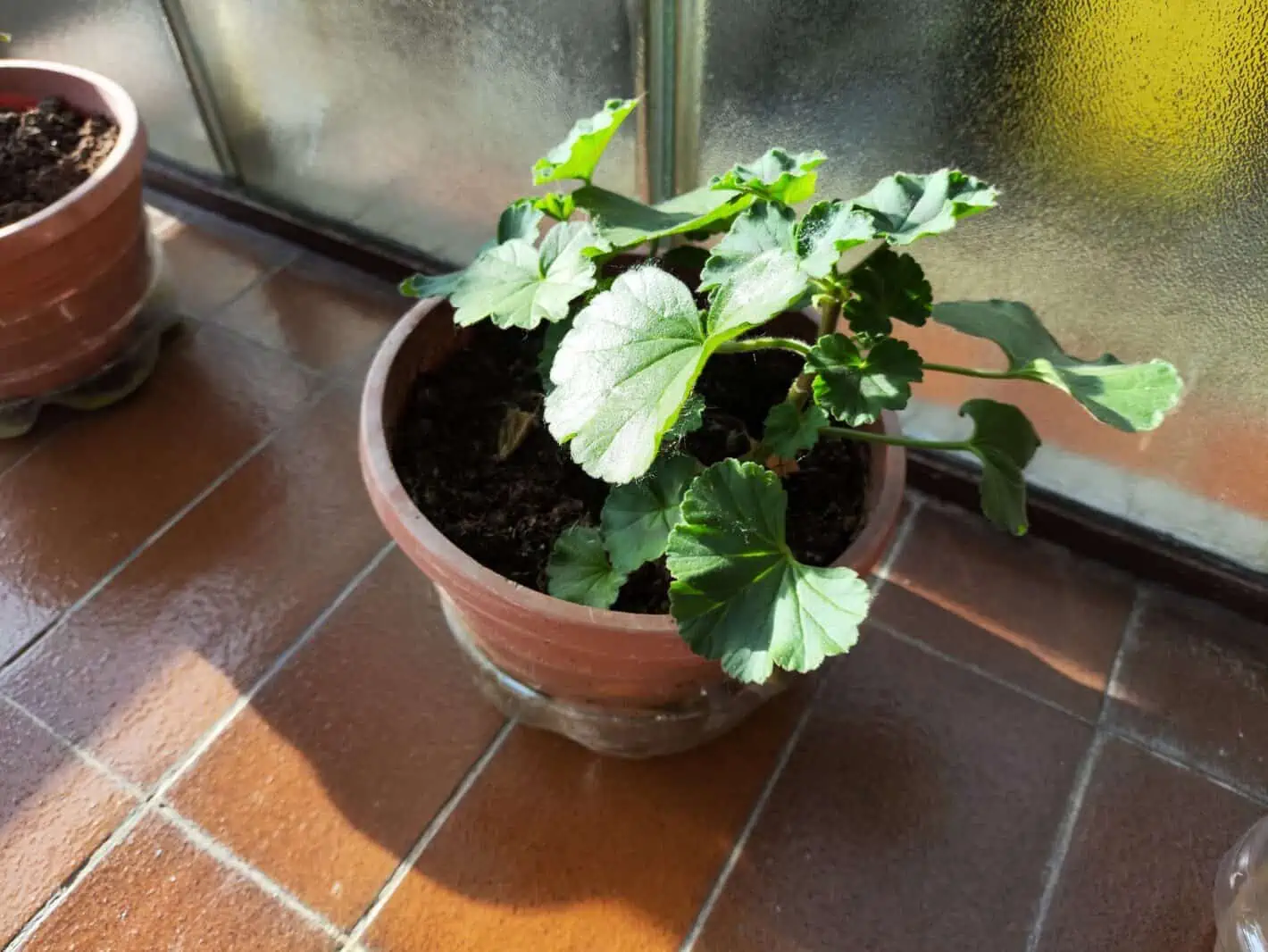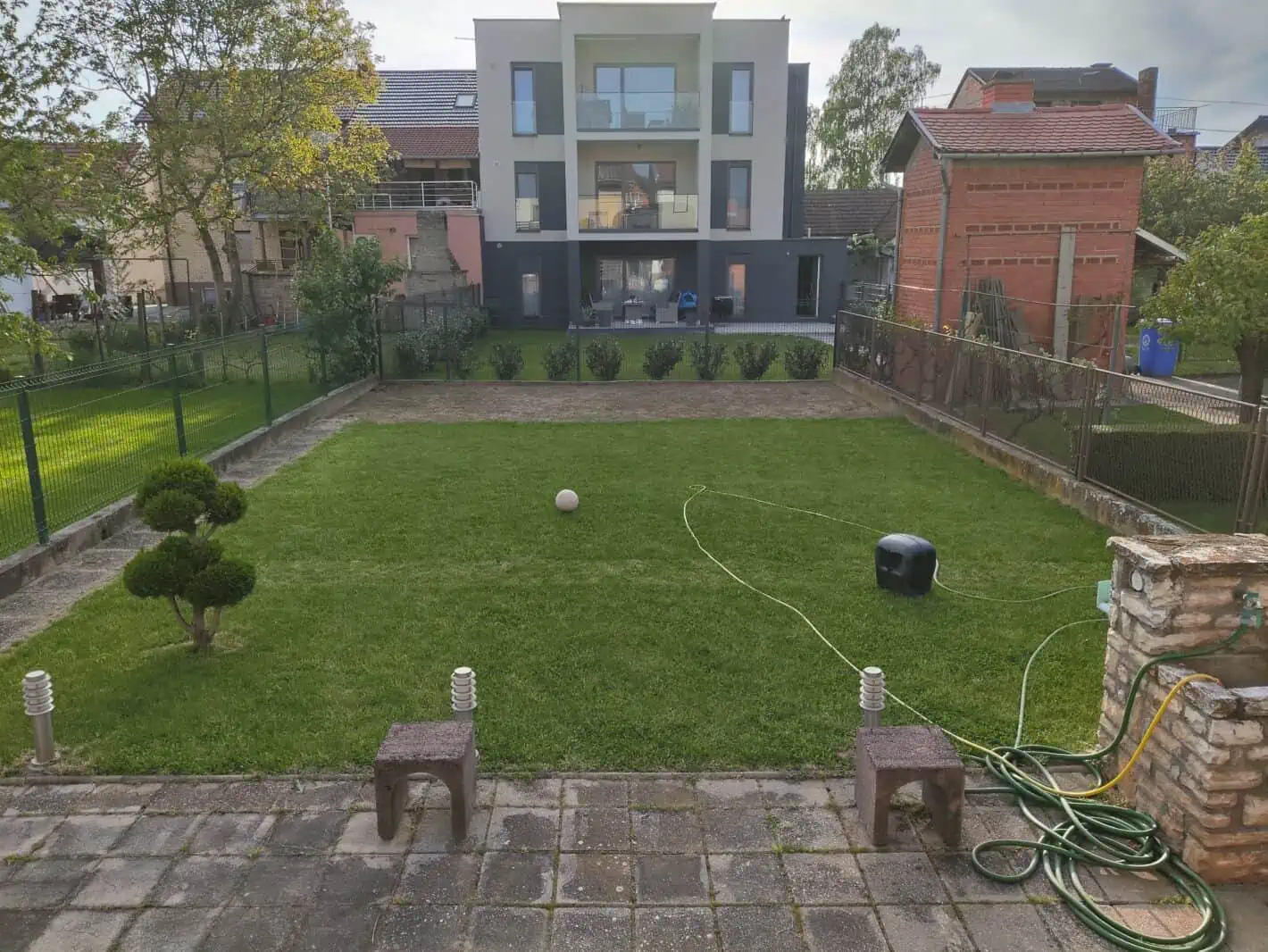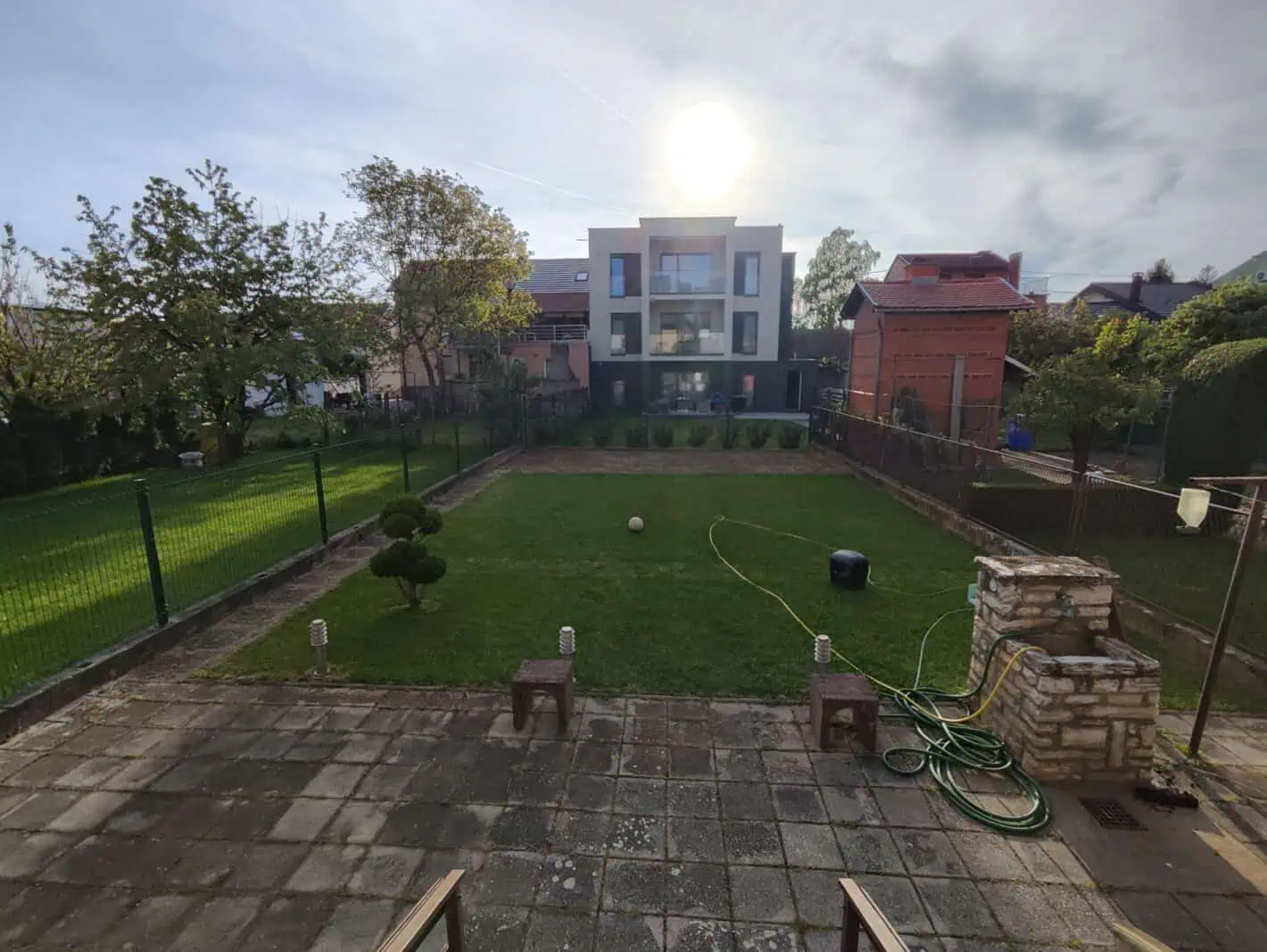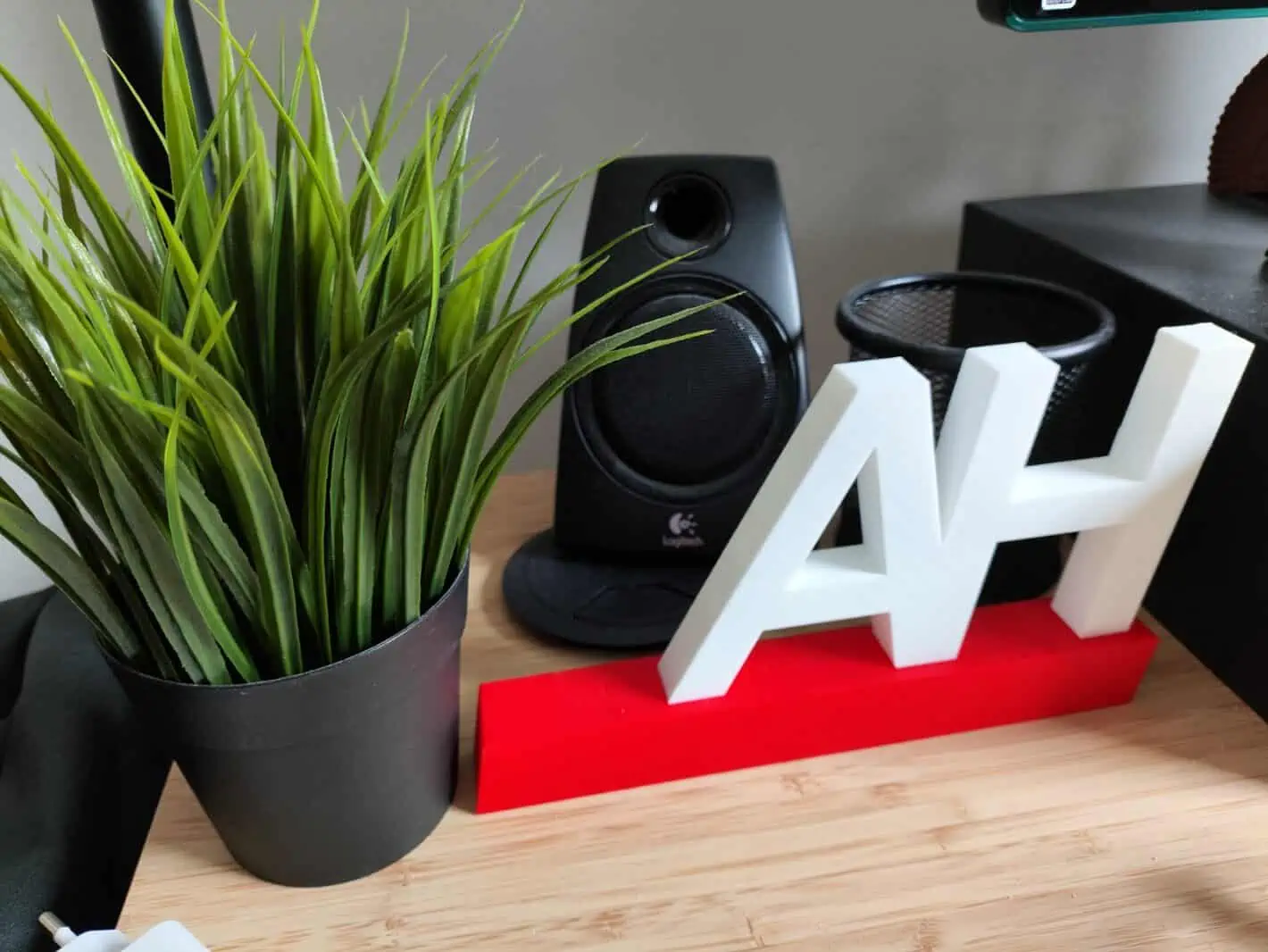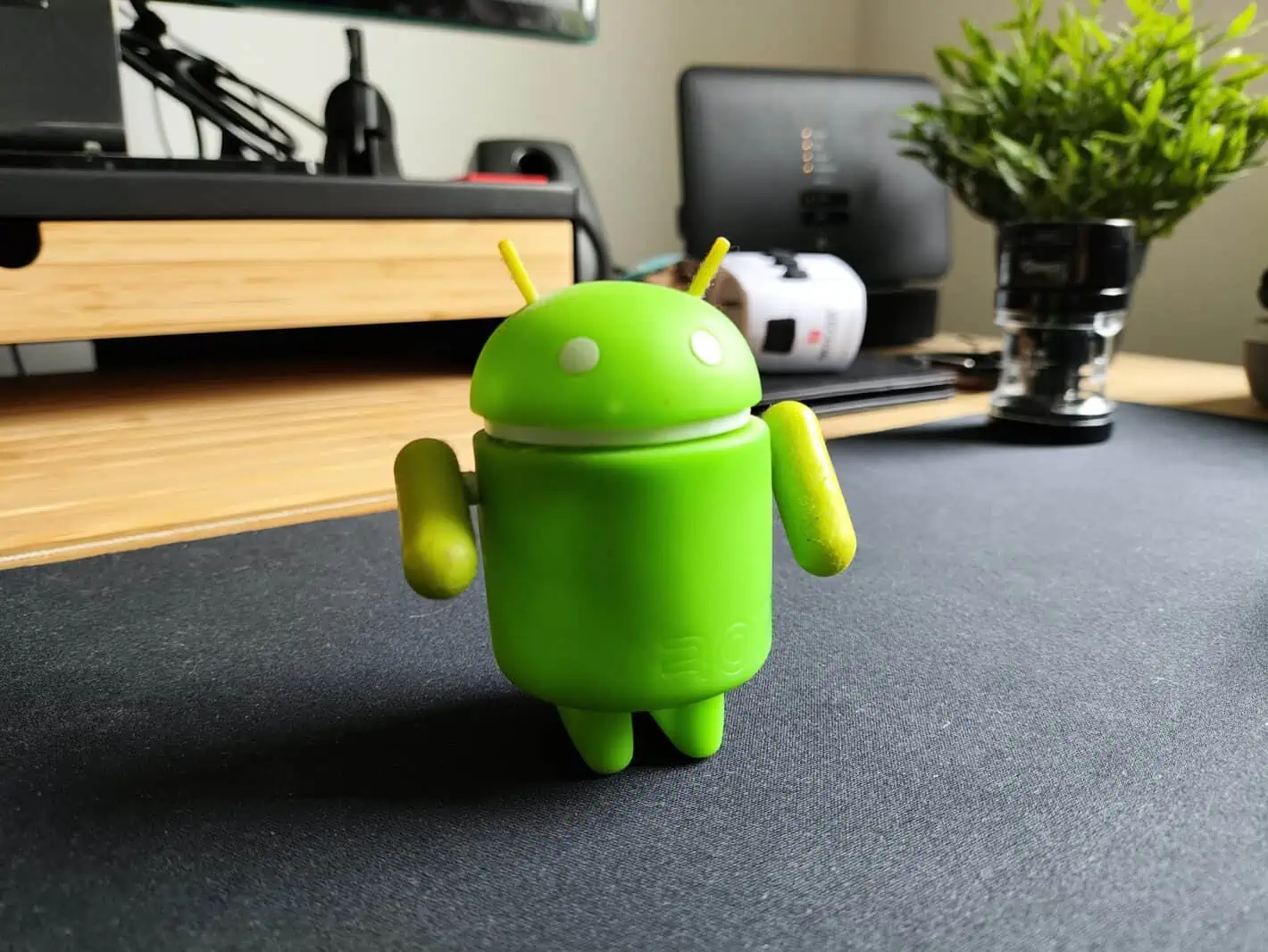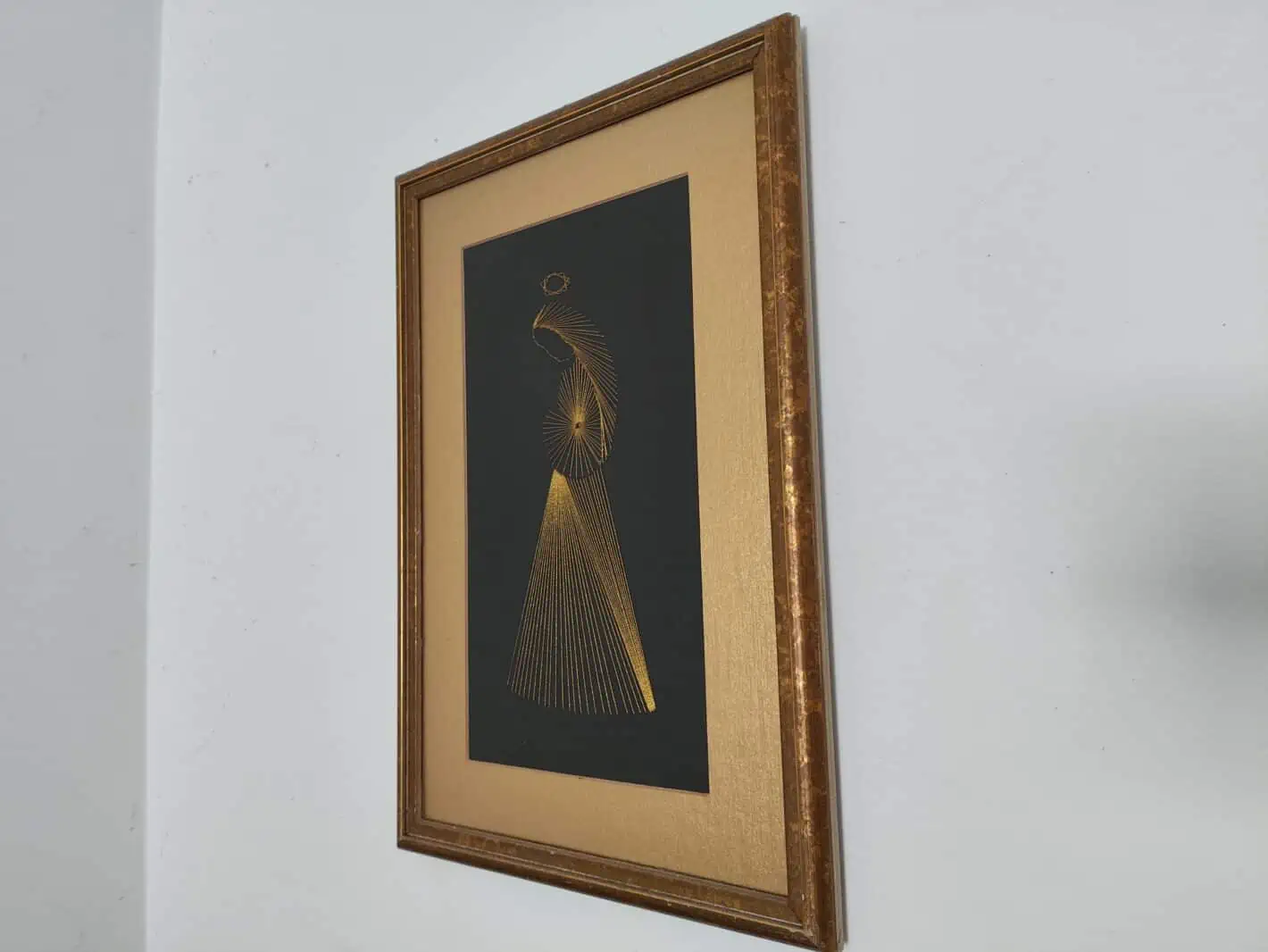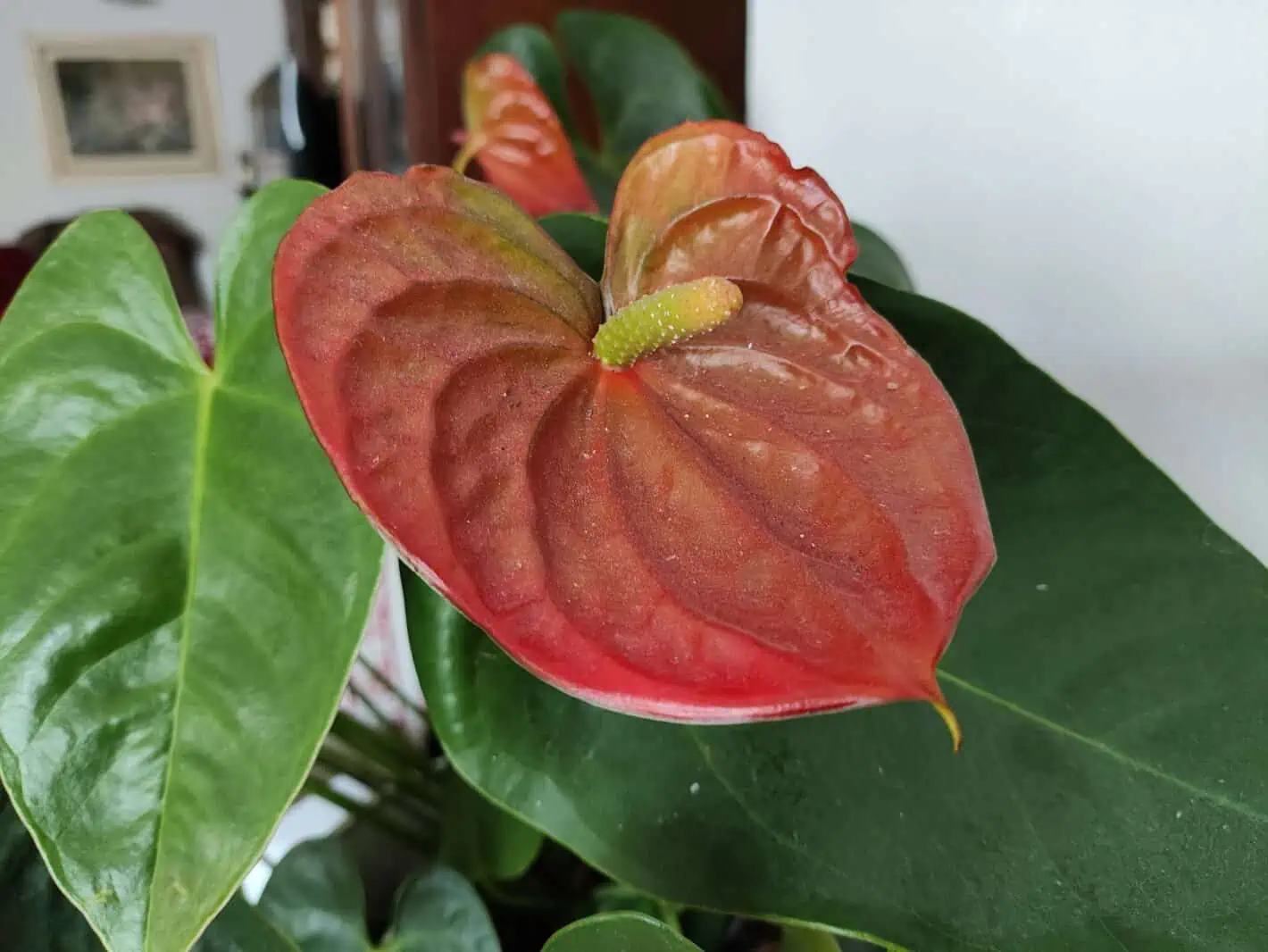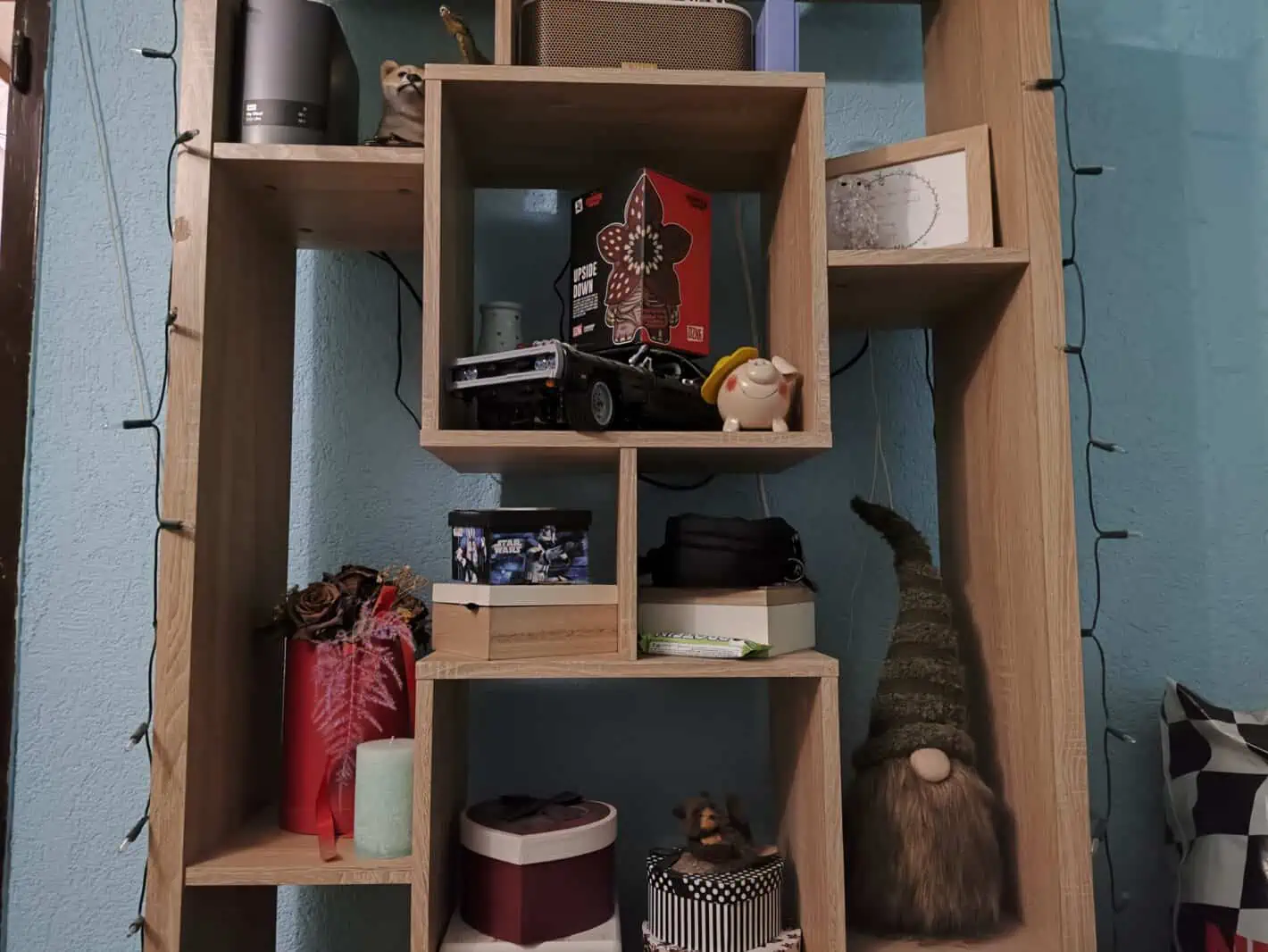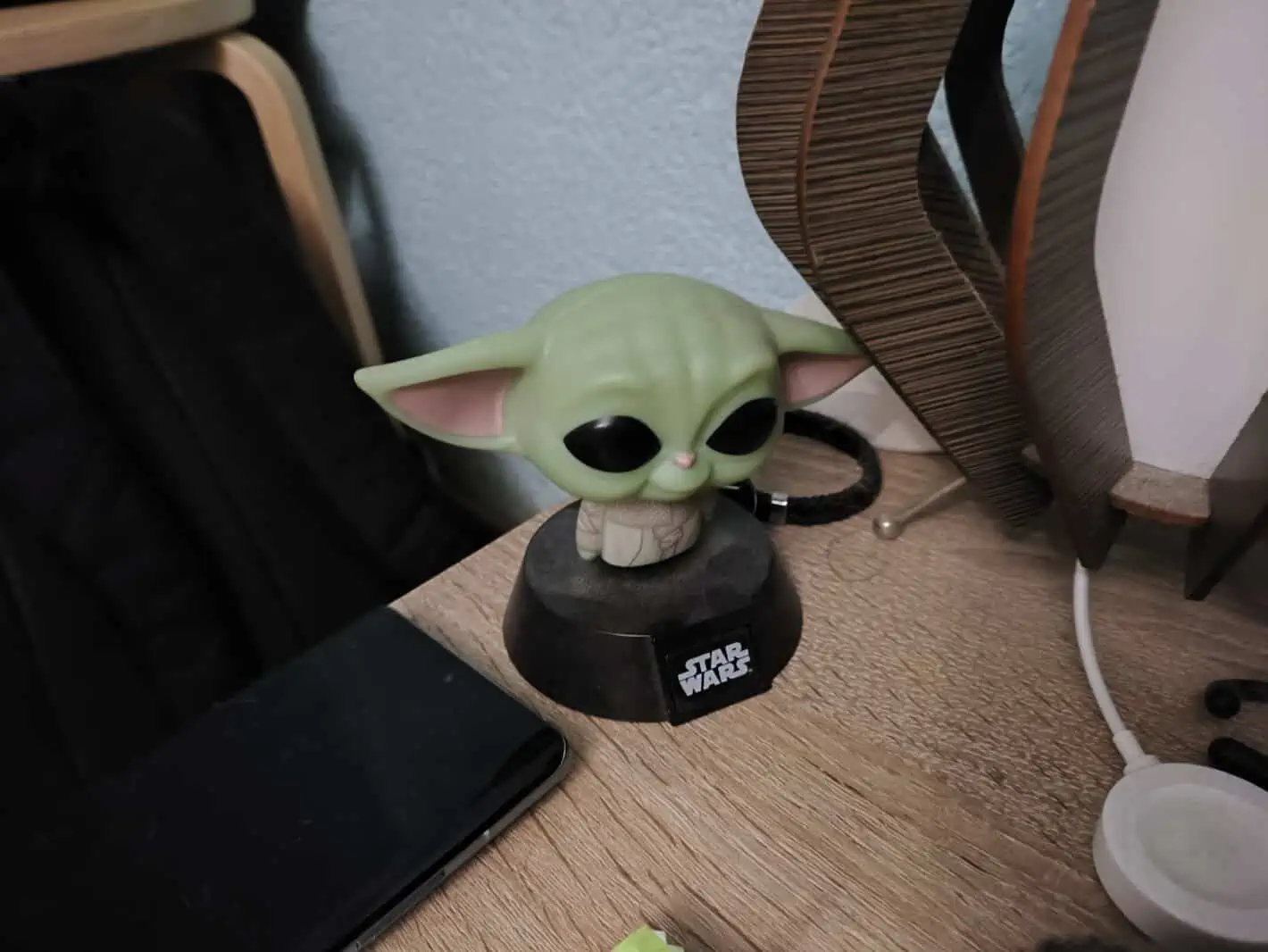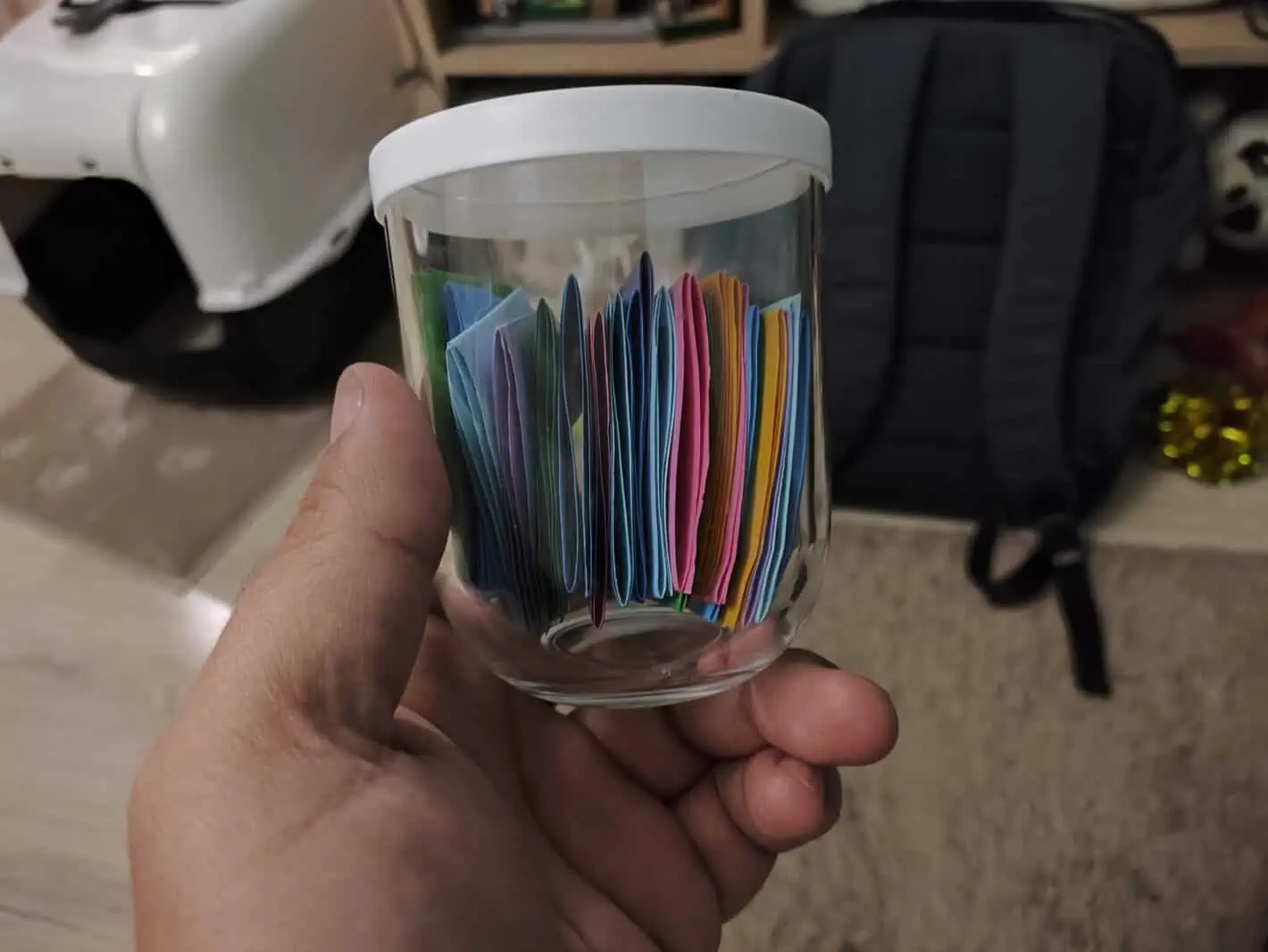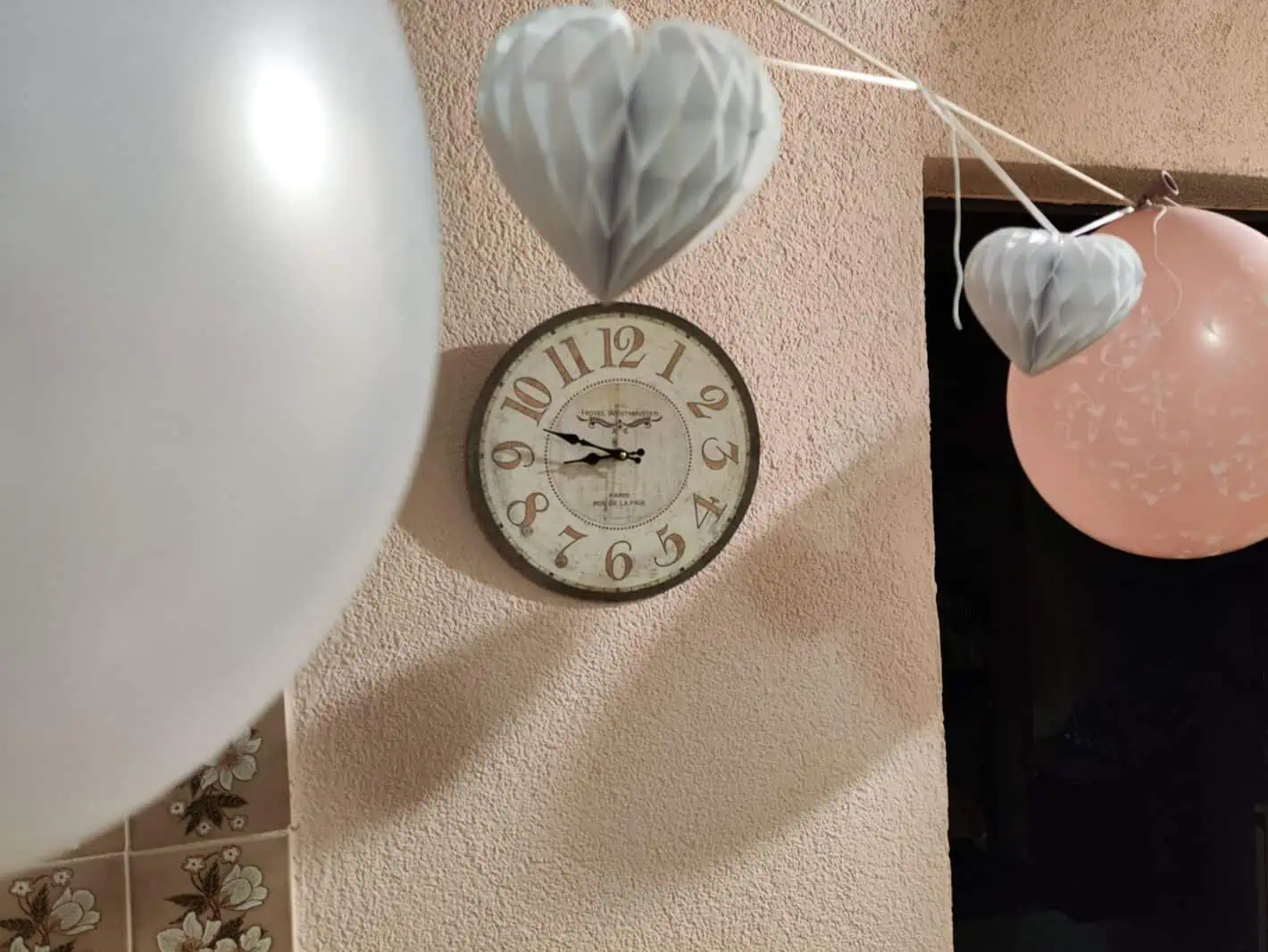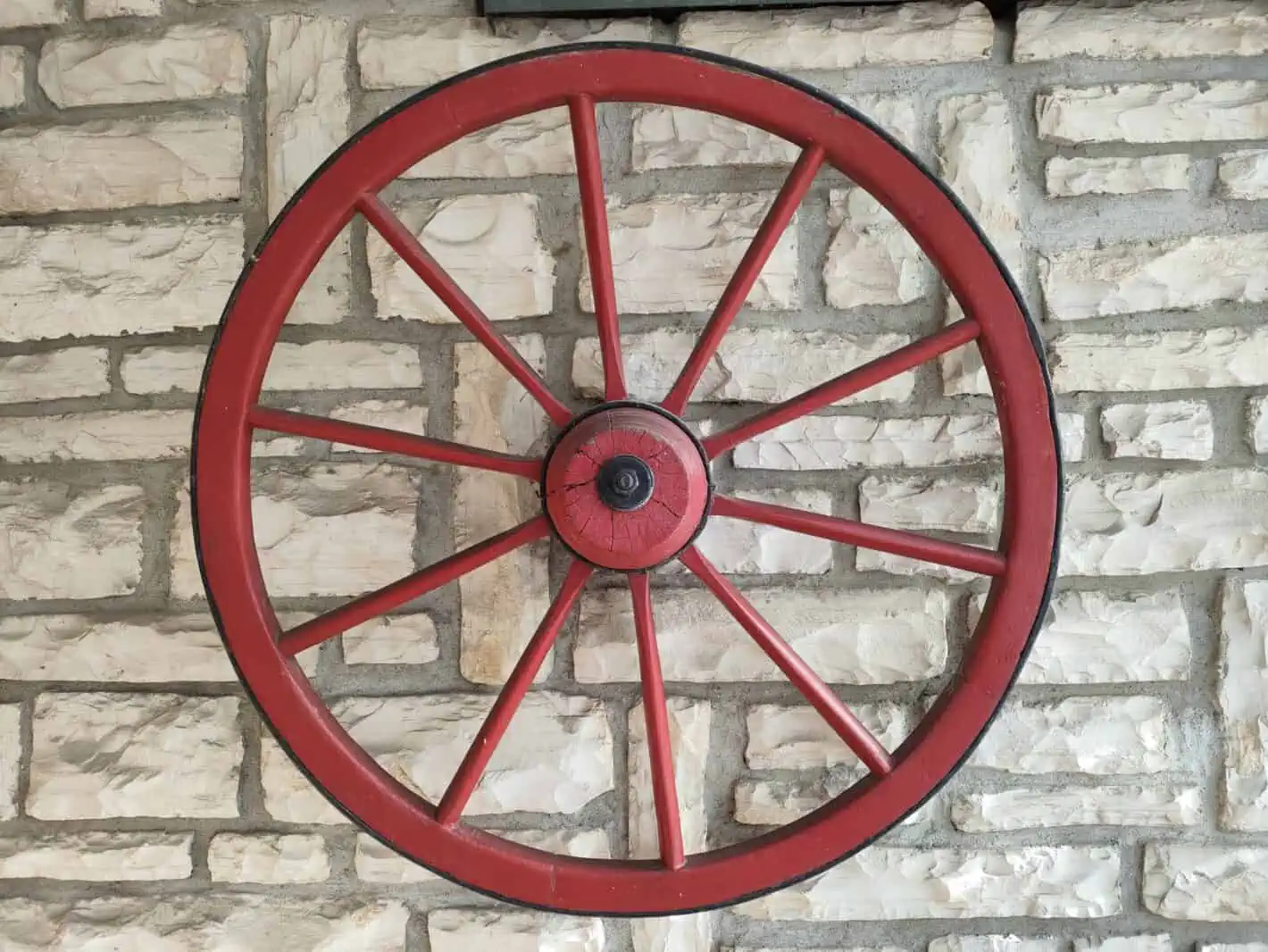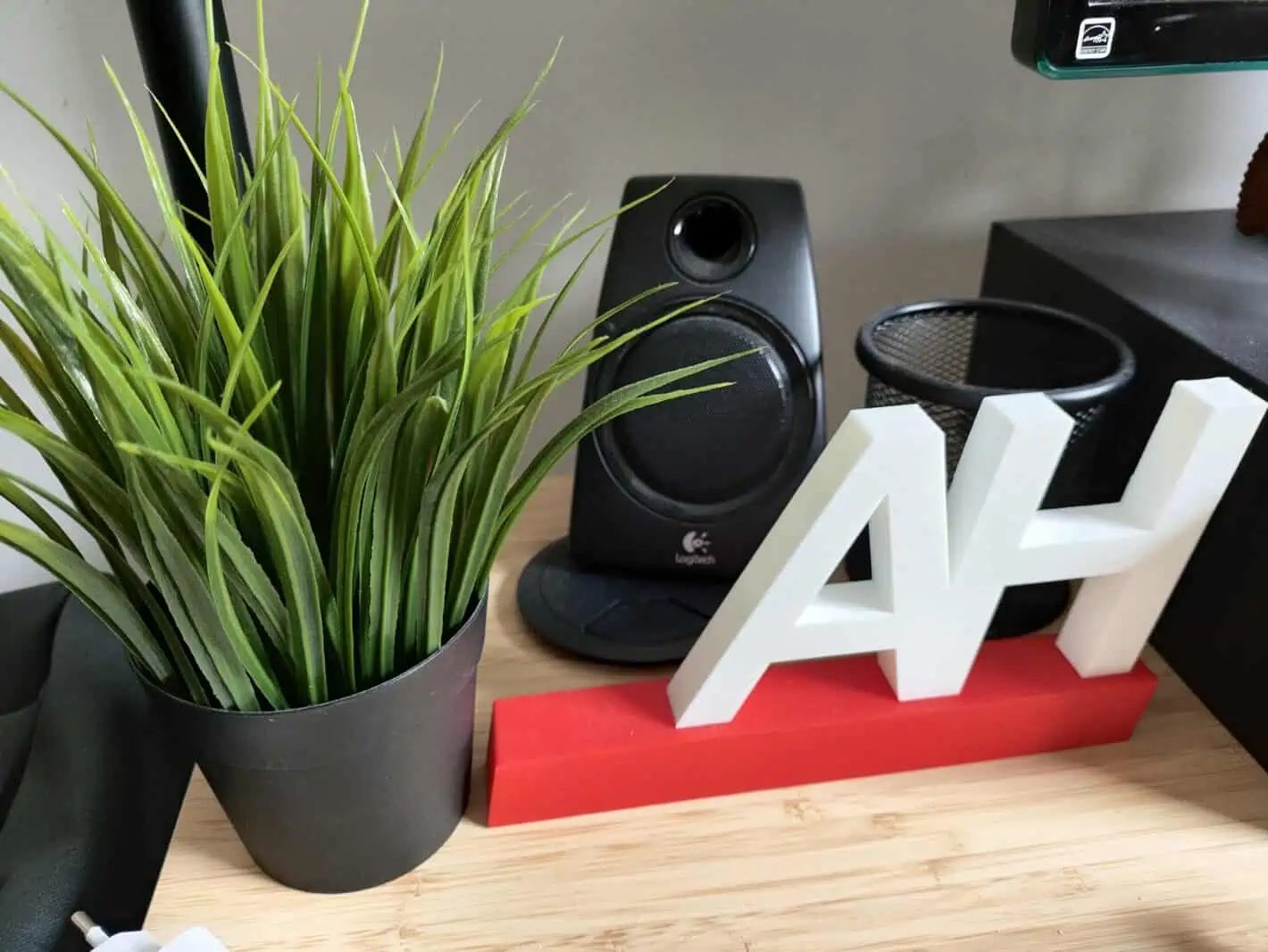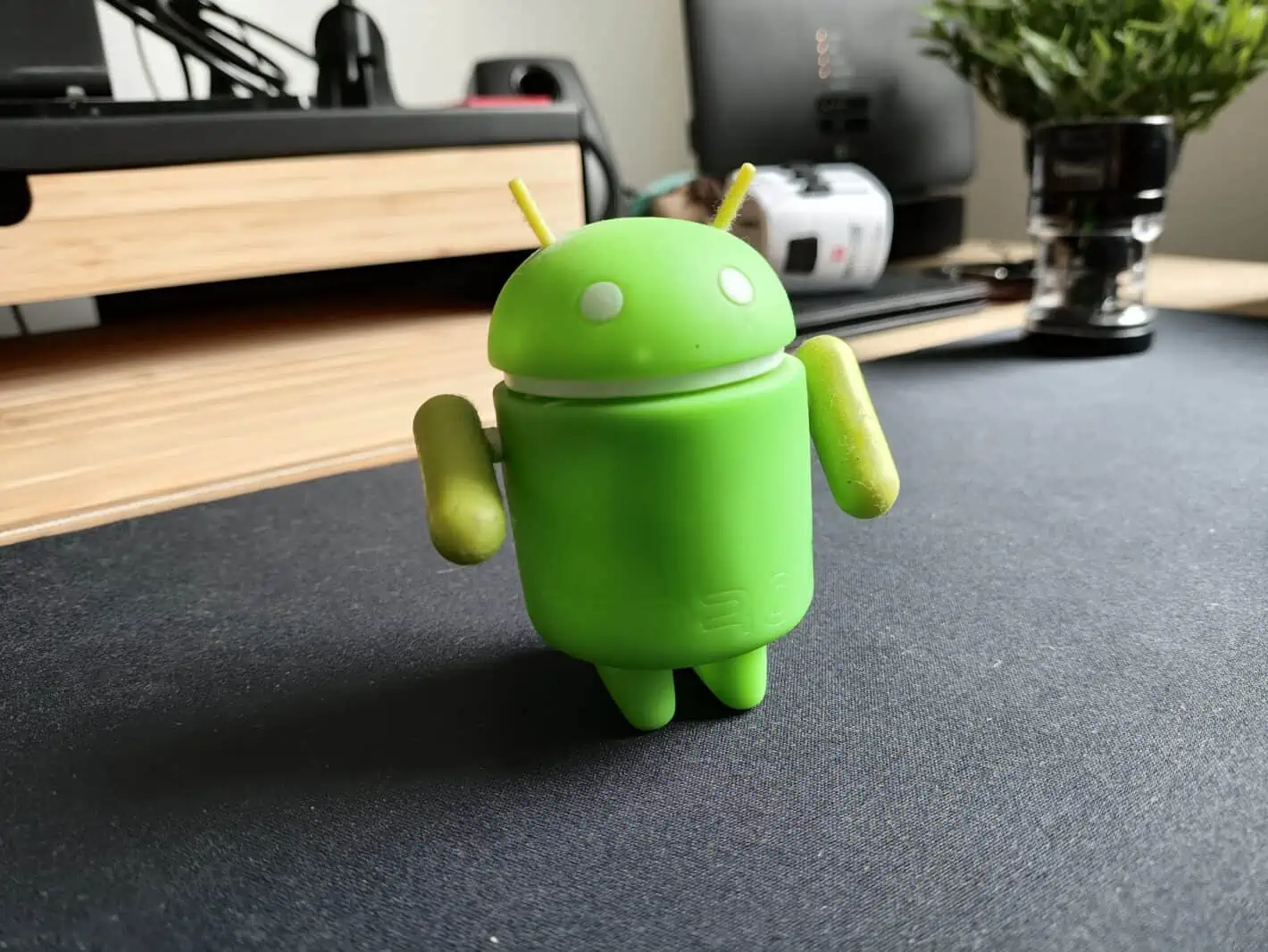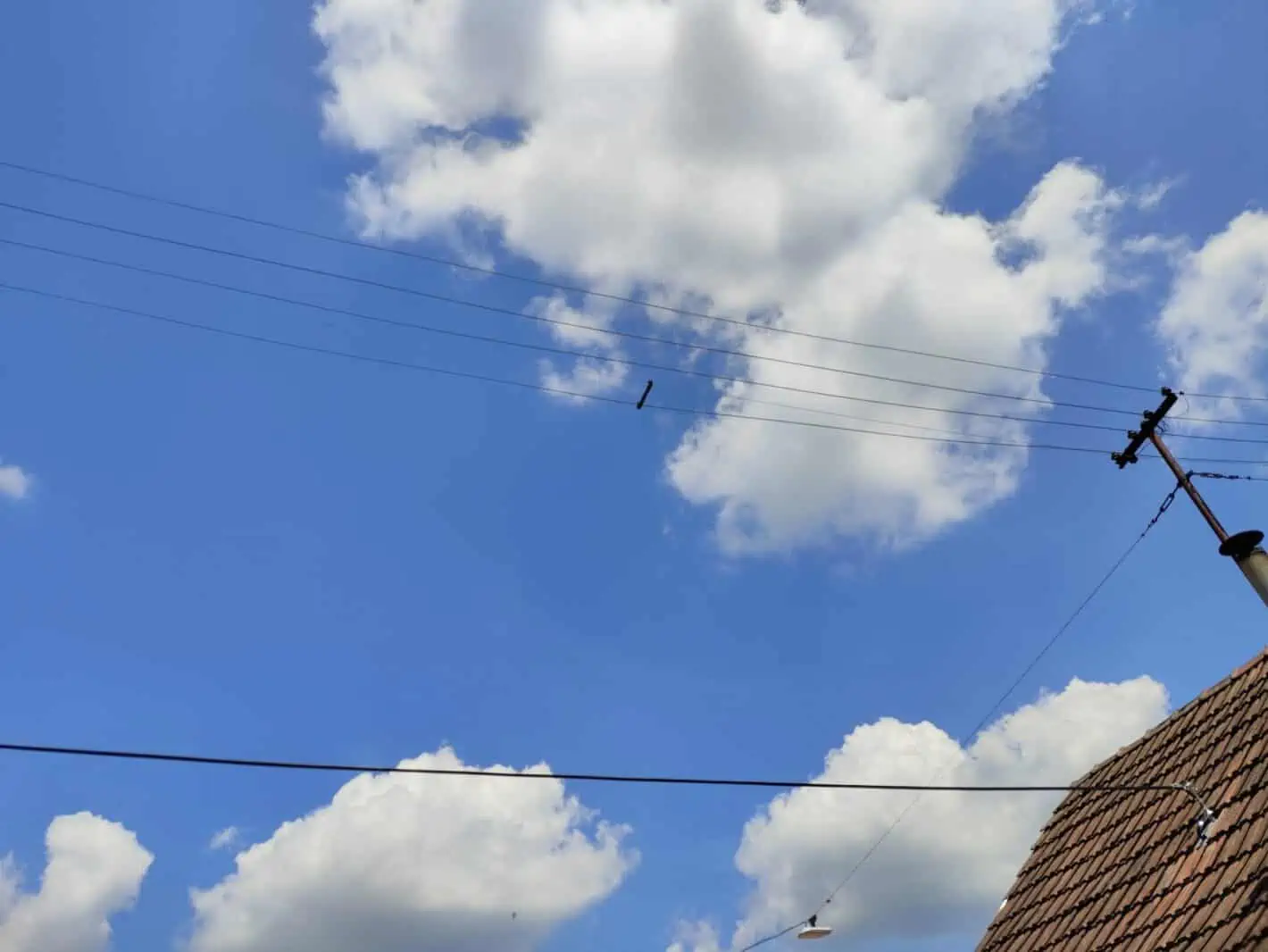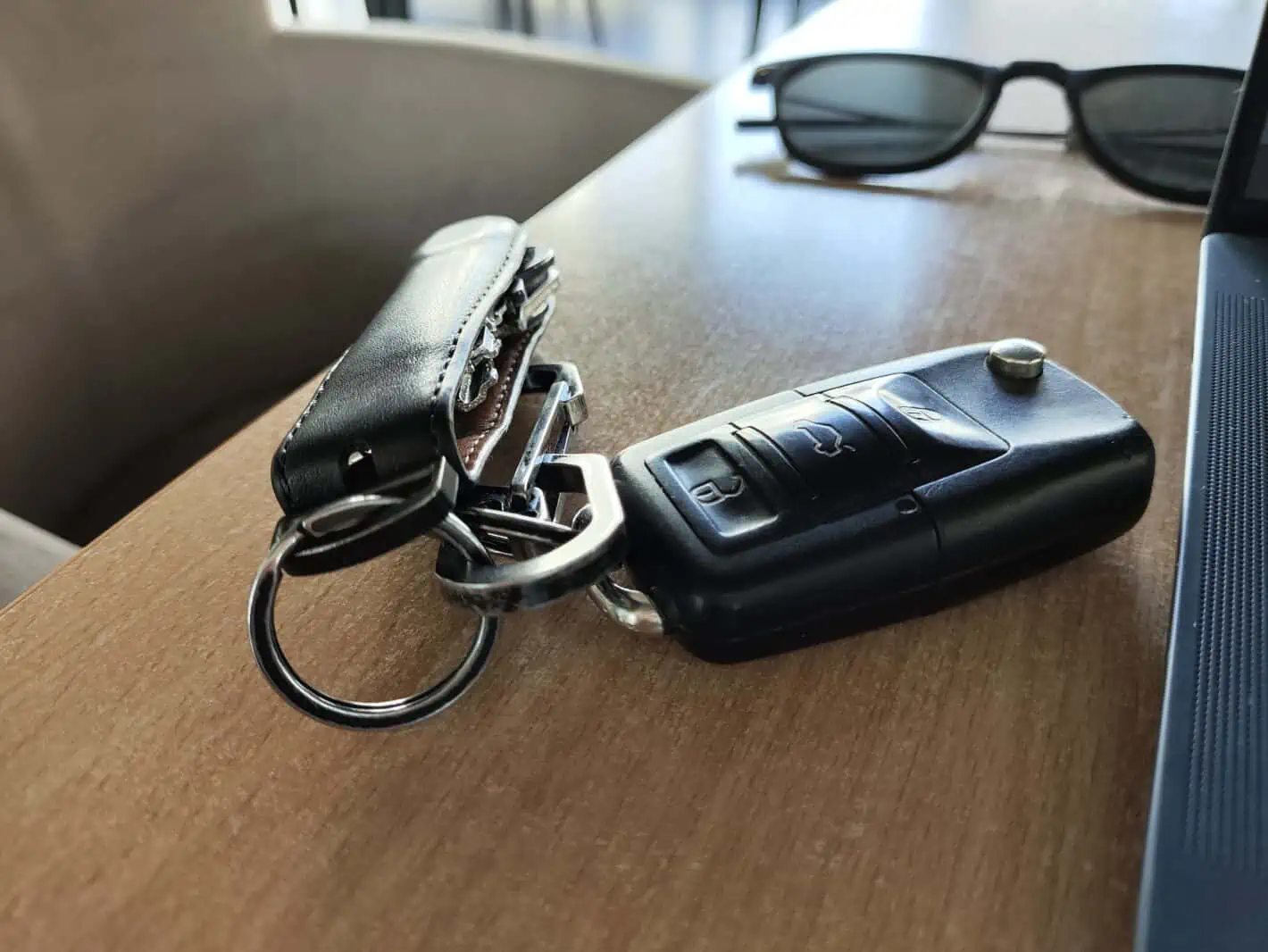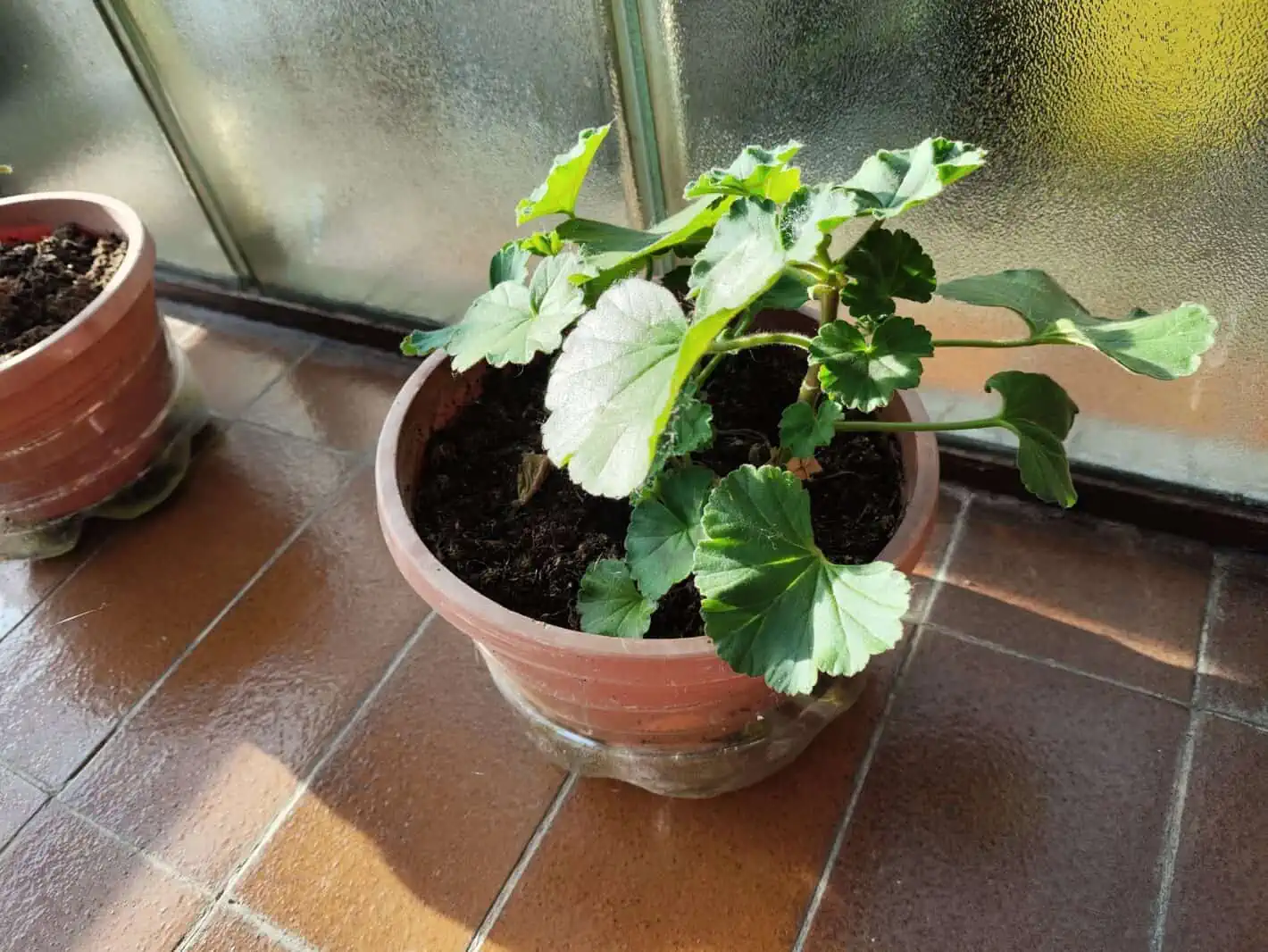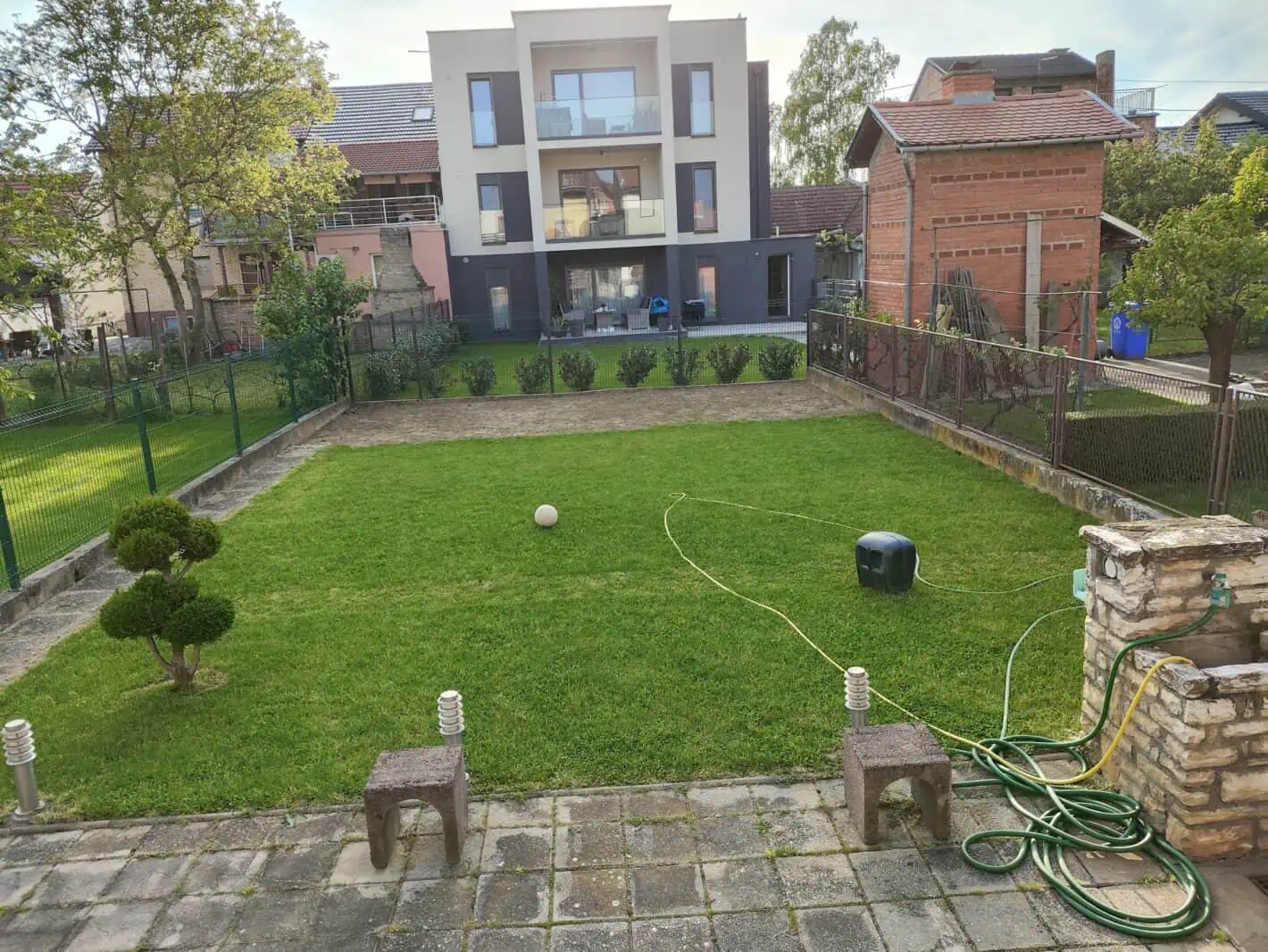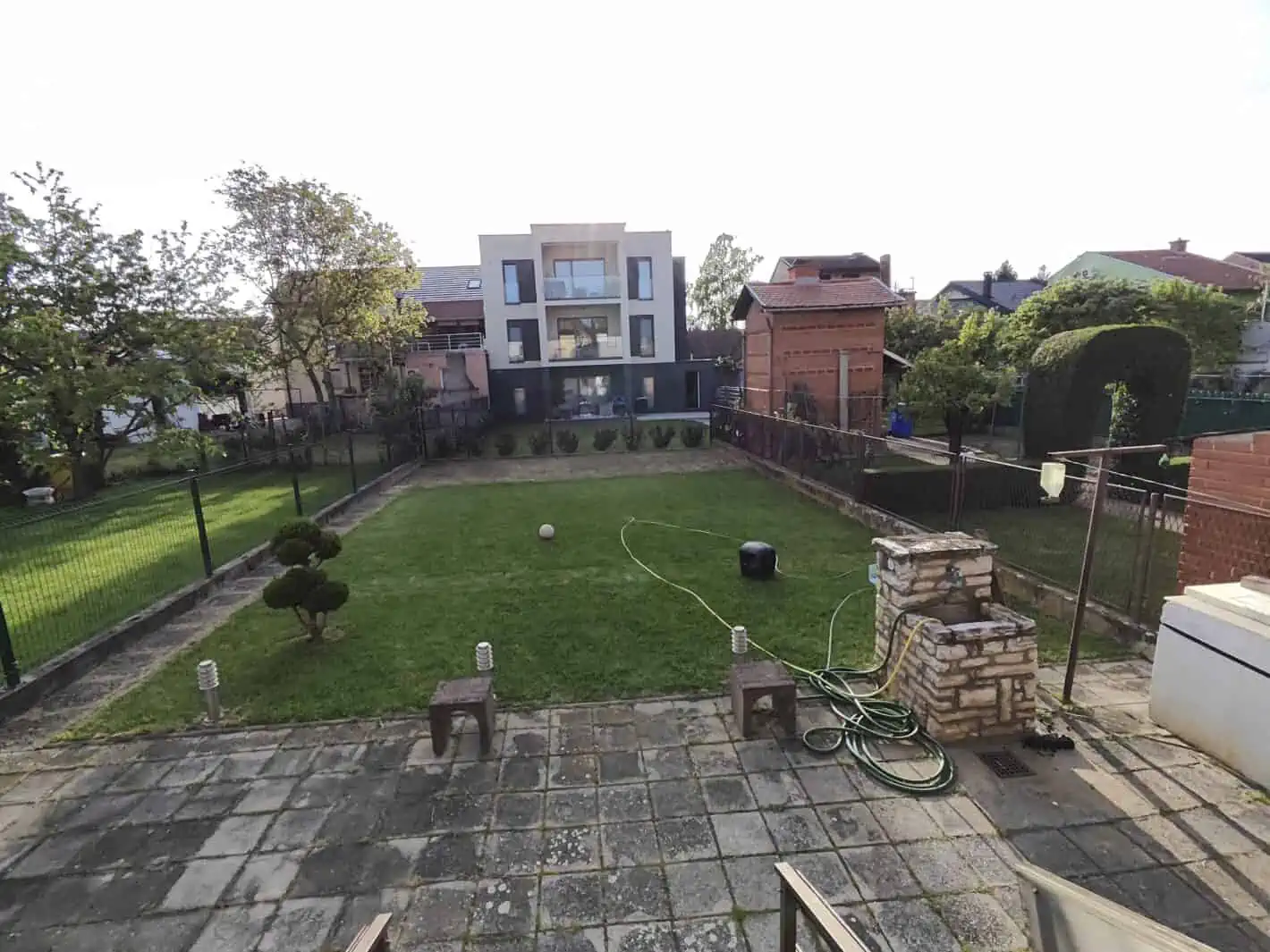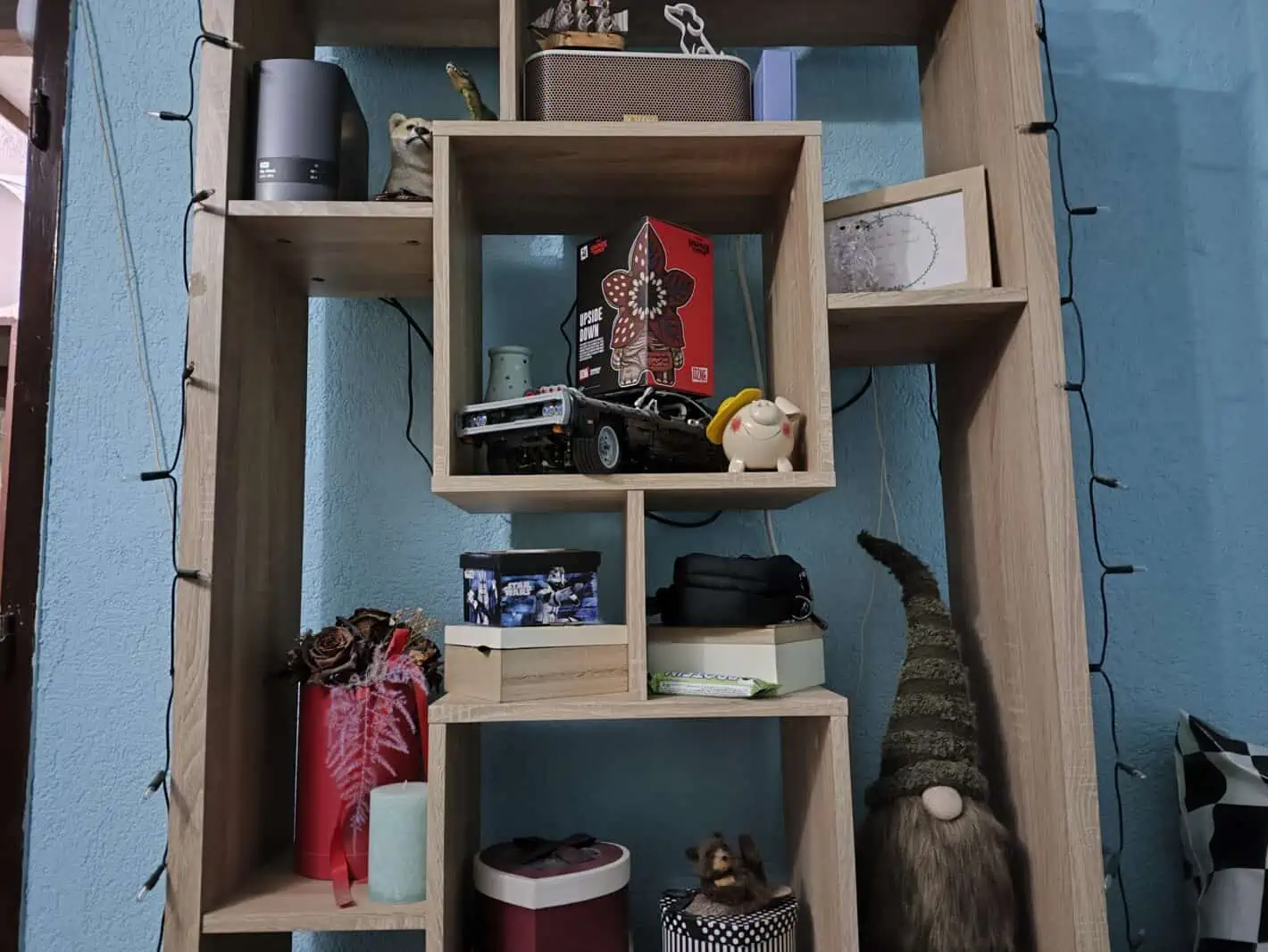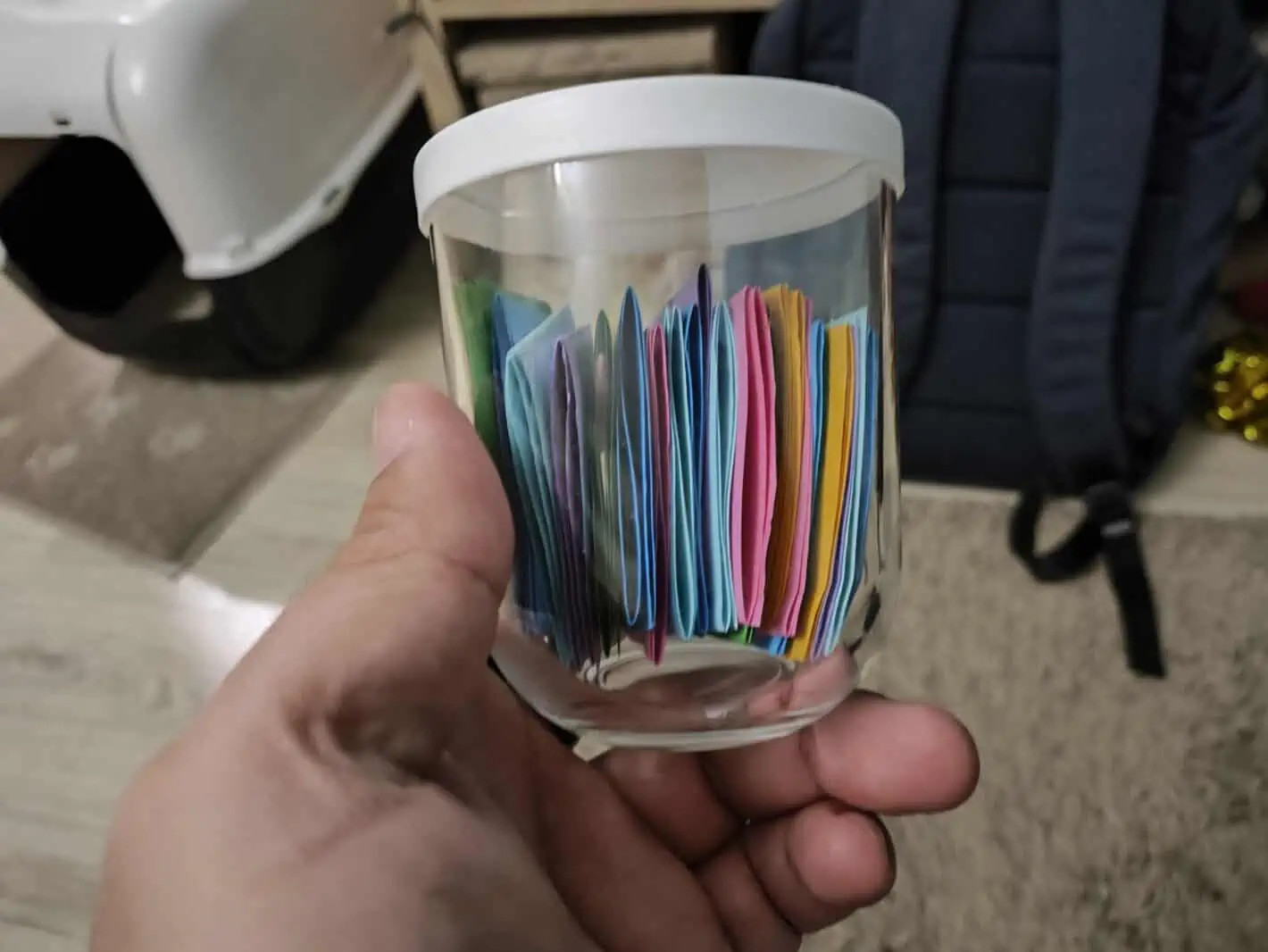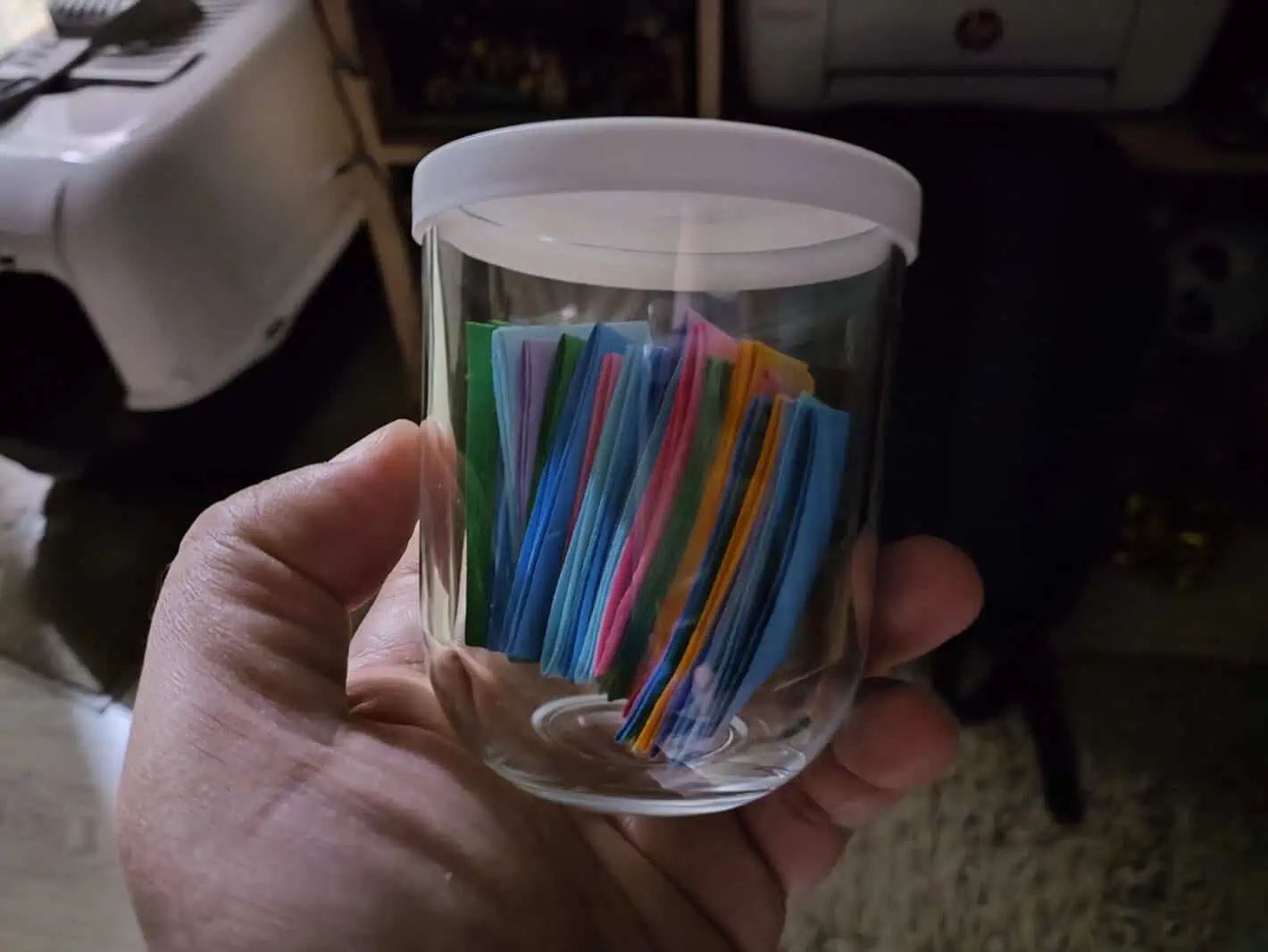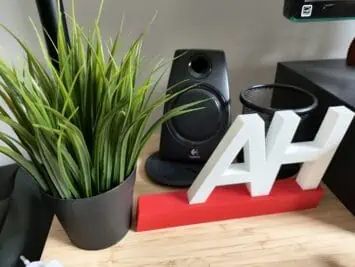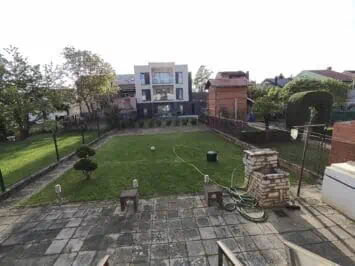POCO is best known as a brand under Xiaomi’s wing that releases budget-conscious devices. The company does have various different ranges of phones on offer, and the F series represents their very best phones. Well, the POCO F5 and POCO F5 Pro got announced quite recently, and we’ve been using them for a while now. POCO shipped them out early for us to check out. So, in this review article, you can read more about the POCO F5 and POCO F5 Pro, in case you’re planning to upgrade.
The ‘Pro’ model is, of course, the superior one, and they are fairly different, but have some things in common. Despite that, we’ve decided to hit both of them in the same review, to basically compare them at the same time. They do not look the same, though, nor do they come with the same processor. On the flip side, their software builds are pretty much the same, as is their wired charging, for example. Having said that, we’ll kick things off with the design aspect, and move from there. Let’s get going, shall we?
Table of contents
POCO F5 & POCO F5 Pro Review: Hardware / Design
From the design standpoint, these two phones do not look like siblings, not at all. They have a different overall shape, not to mention entirely different camera islands on the back. In all honesty, I personally preferred the POCO F5 design over the POCO F5 Pro. I’ll explain why below, but I just wanted to emphasize how different they are first.
Both phones include a flat display, albeit not the same one
The POCO F5 has flat sides, and a flat display, with a centered display camera hole. Three cameras sit on its back, each of which is a separate camera island, basically. The POCO F5 Pro does not have flat sides, not at all. Its backplate curves into the frame, it has a regular design, I’d say. It’s similar to the vast majority of smartphones with glass backplates. It also has a flat display, though, and a centered display camera hole.
The POCO F5 is less slippery in the hand due to its flat sides (all around) mostly, and it doesn’t cut into your hand as it’s not exactly heavy. It weighs 181 grams compared to 204 grams of the POCO F5 Pro. The difference is not that big, but I can definitely feel it. I’ve found that the POCO F5 Pro is more difficult to use with one hand, even though they’re similar in terms of size. Neither is exactly ideal for one-hand use, that’s for sure.
The POCO F5 is more comfortable to use
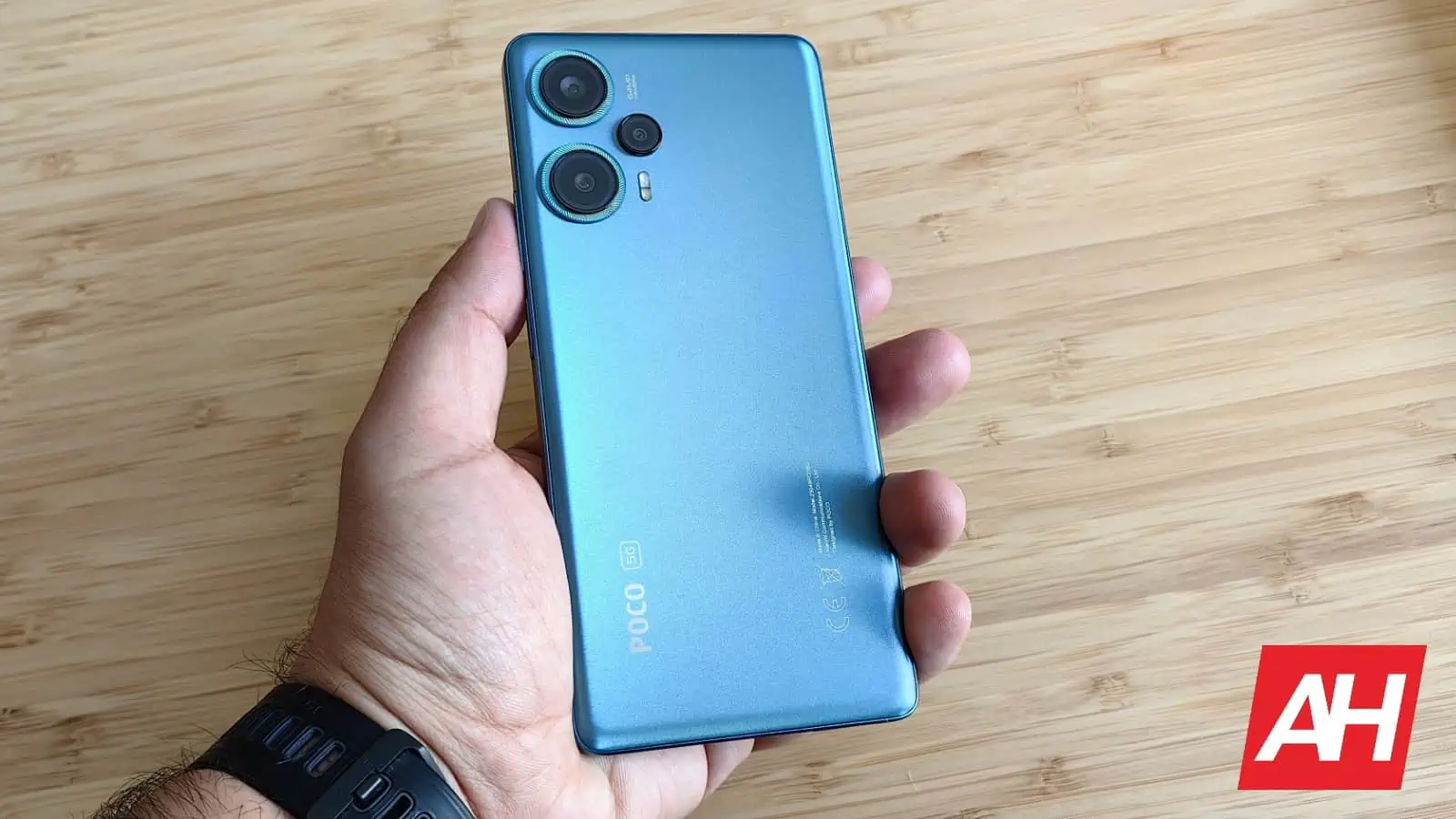
They both feel really nice in the hand, and well-built. The POCO F5 Pro more so than the POCO F5, but only because of the added weight. Once again, I do prefer the POCO F5 more due to the lack of heft. If you’re fed up with gigantic and heavy phones, and want to get one of these two, go with the POCO F5. Also, the backplate of the blue POCO F5 looks great. It glitters when the light hits it the right way, and it looks great without looking tacky. I’ve used the white POCO F5 Pro, which was rather bland in comparison. I also preferred the camera design on the POCO F5, even though it collects dust much quicker due to separate camera islands.
Cases
Each device comes with a regular gel/silicone case. It’s a soft, see-through case, that many people use. The fit is excellent, as this is an official case, and it does offer plenty of protection. All the buttons are covered, and all the sides as well. The case protects the cameras really well, and there’s also a generous lip on the front. This will do just fine until you get something else, if you don’t like this style, of course.
Both phones:
POCO F5:
POCO F5 Pro:
POCO F5 & POCO F5 Pro Review: Display
Both phones include 6.67-inch AMOLED displays, but they’re far from being the same. The one on the POCO F5 Pro is sharper, brighter, and offers a higher touch sampling rate. The POCO F5 features a fullHD+ (2400 x 1080) Flow AMOLED DotDisplay. It has a maximum brightness of 1,000 nits, a 120Hz refresh rate, and a 240Hz touch sampling rate. The POCO F5 Pro, on the other hand, features a WQHD+ (3200 x 1440) Flow AMOLED DotDisplay with a 120Hz refresh rate, and a 480Hz touch sampling rate. It gets up to 1,400 nits of brightness at its peak. Both panels are protected by the Gorilla Glass 5.
The ‘Pro’ model has a brighter display
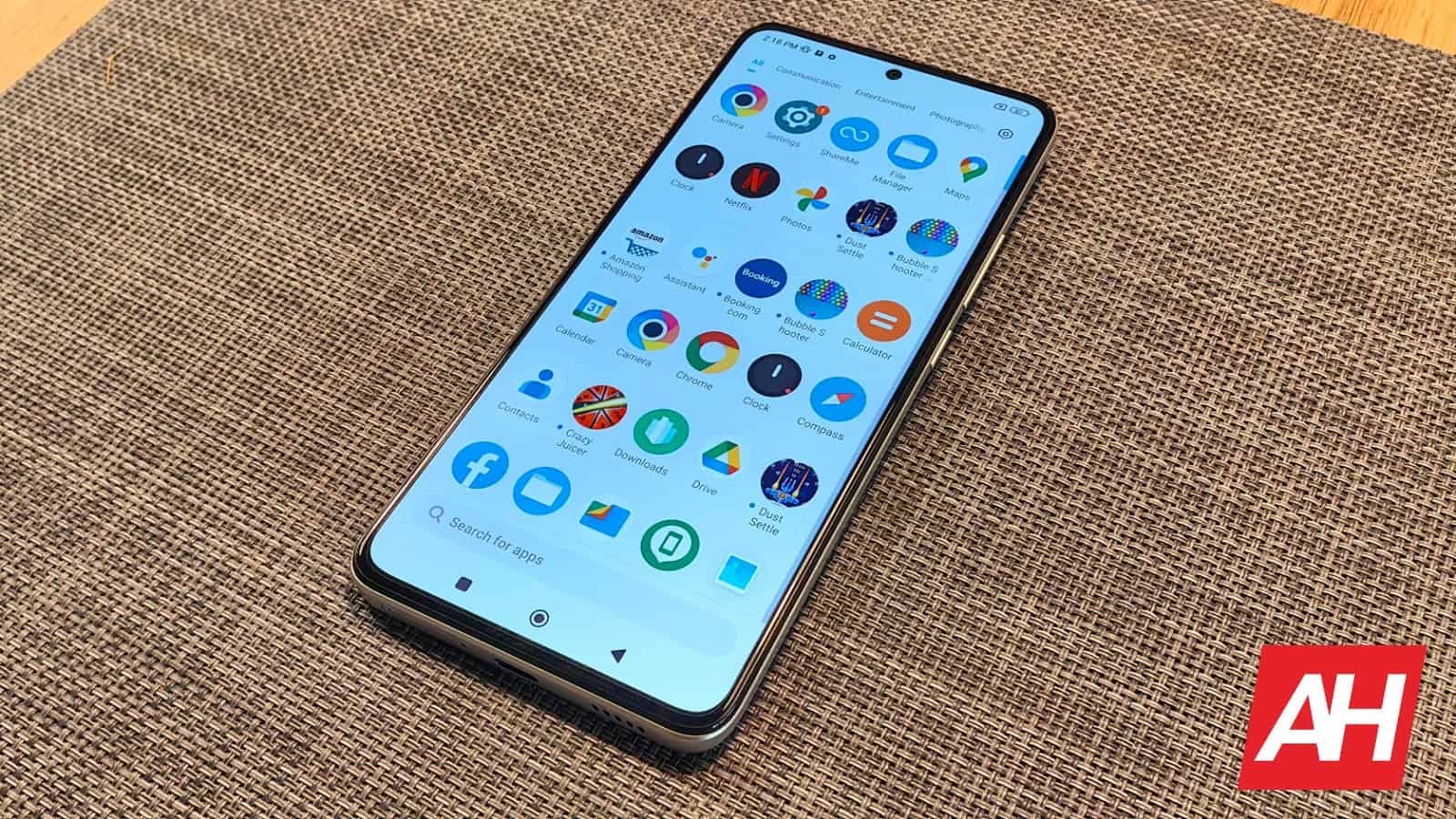
Is there a noticeable difference between them, usage-wise? No, not really. Truth be said, most people won’t notice the difference in resolution or touch sampling rate. Where you will notice the difference is outdoors, during the day, especially if the sun is shining. The POCO F5 Pro panel does get brighter, though the difference is not huge. Both displays are more than good enough, actually. They’re vivid, the blacks are decently deep, and the viewing angles are also not bad. Overall, I don’t have any major complaints here. These are not the best panels out there, but they’re good, especially for the price.
POCO F5 & POCO F5 Pro Review: Performance
The processors used inside these phones are different, but in other performance-related hardware aspects, they’re quite similar. The POCO F5 is fueled by the Snapdragon 7+ Gen 2 SoC. That is Qualcomm’s best mid-range chip right now, basically. The POCO F5 Pro is equipped with the Snapdragon 8+ Gen 1, which is a predecessor of the Snapdragon 8 Gen 2. So, it’s basically a flagship processor for 2022. The Snapdragon 8+ Gen 1 is, needless to say, a better chip, but the Snapdragon 7+ Gen 2 performs great too.
Before we get down to the actual performance, let’s see what else is included. Both phones come with LPDDR5 RAM and UFS 3.1 flash storage. The same goes for Dynamic RAM Expansion 3.0 feature, and LiquidCool Technology 2.0. Both smartphones come in variants with 8GB and 12GB of RAM. The POCO F5 goes up to 256GB of storage, while the POCO F5 Pro comes with up to 512GB of storage. Both variants that we used include 12GB of RAM, by the way, just to give you some perspective.
The POCO F5 Pro is more powerful, though the vanilla model is no slouch either
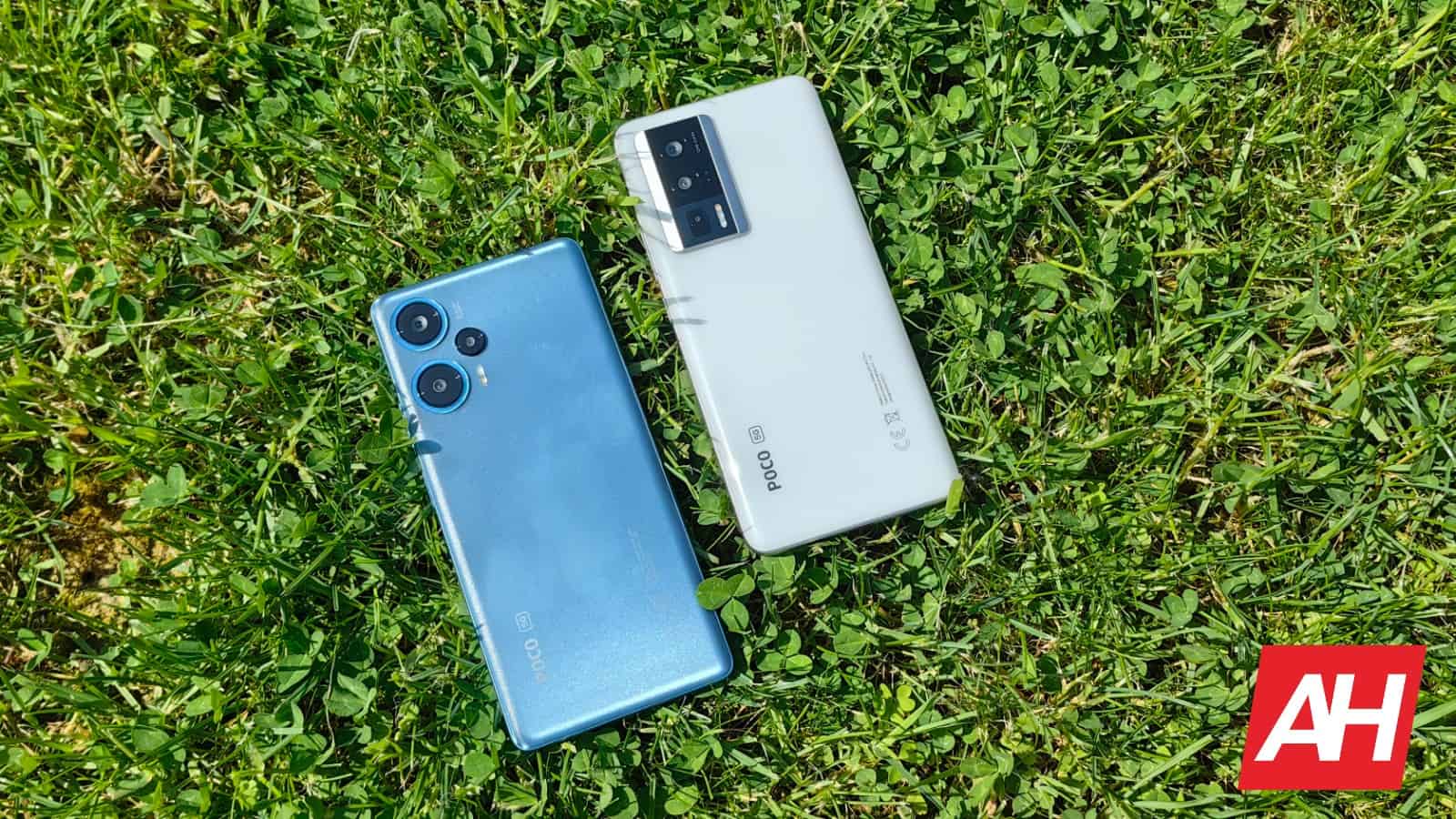
Day-to-day performance on both phones is great, to say the least. The Snapdragon 8+ Gen 1 is not that much inferior to the Snapdragon 8 Gen 2, and offers outstanding performance. You will not exactly notice a major difference between the two during regular tasks, but the Snapdragon 8+ Gen 1 does stand apart when more demanding games are loaded. You can even use the POCO F5 Pro as a gaming phone, without a problem. The POCO F5 also handles games with ease, well the vast majority of them. It doesn’t offer the same performance as the Snapdragon 8+ Gen 1 when it comes to Genshin Impact and similar games. I did not notice any lag during my usage. A skipped frame here and there was expected, as is on almost all phones, but both have performed admirably.
POCO F5 & POCO F5 Pro Review: Battery
POCO did not skimp out on batteries either. The POCO F5 comes with a 5,000mAh battery, while its sibling includes a 5,160mAh battery. The difference in battery capacity makes sense, as the POCO F5 Pro does have a higher-res display. You’ll be glad to know that both devices offer really good battery life. Going the distance with both phones is possible, though your usage and signal will, of course, determine how good the battery life will be.
The battery life is solid
For me, personally, both phones were able to cross the 7-8-hour screen-on-time mark, depending on the day. I even had some battery left in the tank. The battery life on them is comparable, at least it was for me. I even played some games from time to time, but short sessions, and simpler games are in question, aside from the days I was testing specifically gaming, of course. Other than that, I did not really spare either phone in terms of usage. I edited images and videos on them, messaged a lot, sent a lot of emails, I was taking a lot of pictures on a daily basis, and so on.
They charge faster than way more popular Apple & Samsung flagships do
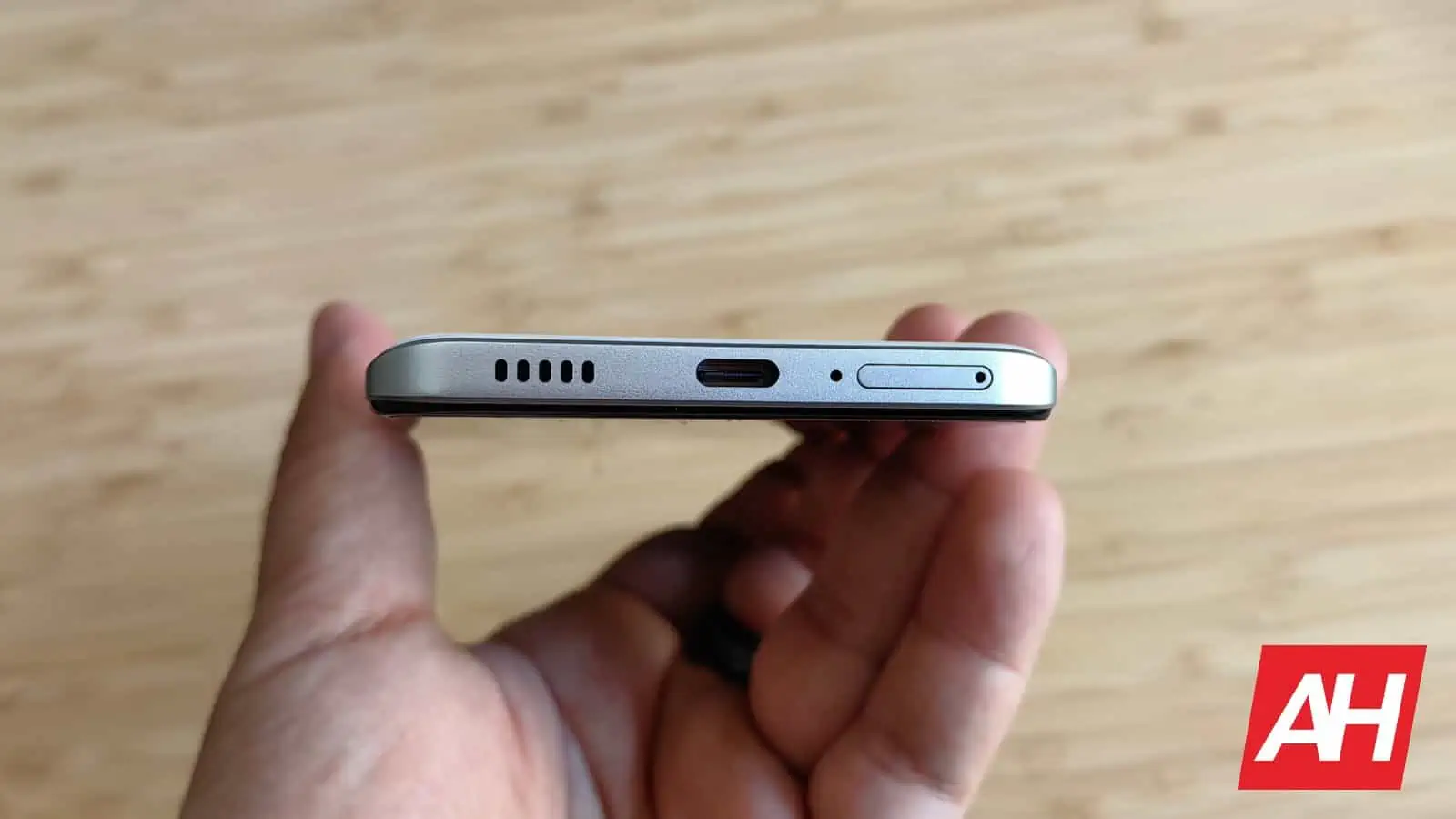
When it comes to charging, they both support 67W wired charging, and come with 67W chargers. The POCO F5 Pro also supports wireless charging, 30W wireless charging, to be exact. Needless to say, all of this is plenty fast, faster than what Apple, Samsung, and Google offer, so… I can’t complain. I had no issues with charging whatsoever.
POCO F5 & POCO F5 Pro Review: Camera
The camera setups on these two phones do not look identical, that’s for sure, but they do have the same camera hardware. Both smartphones feature a 64-megapixel main camera (f/1.79 aperture, 1.4um pixel size), an 8-megapixel ultrawide camera (f/2.2 aperture), and a 2-megapixel macro camera (f/2.4 aperture). A single 16-megapixel selfie camera (f/2.45) is also a part of the package.
Considering these two devices have the same camera hardware, and their software is so similar, you’d guess they have the same camera performance, right? Well, no, not really. In fact, believe it or not, they do look considerably different in comparison. I did my best to shoot the same scenes with both phones, only a few seconds apart, as I had both devices on me at all times. I was shocked to see how different the results were.
The POCO F5 actually provided better pictures, which is a bit odd
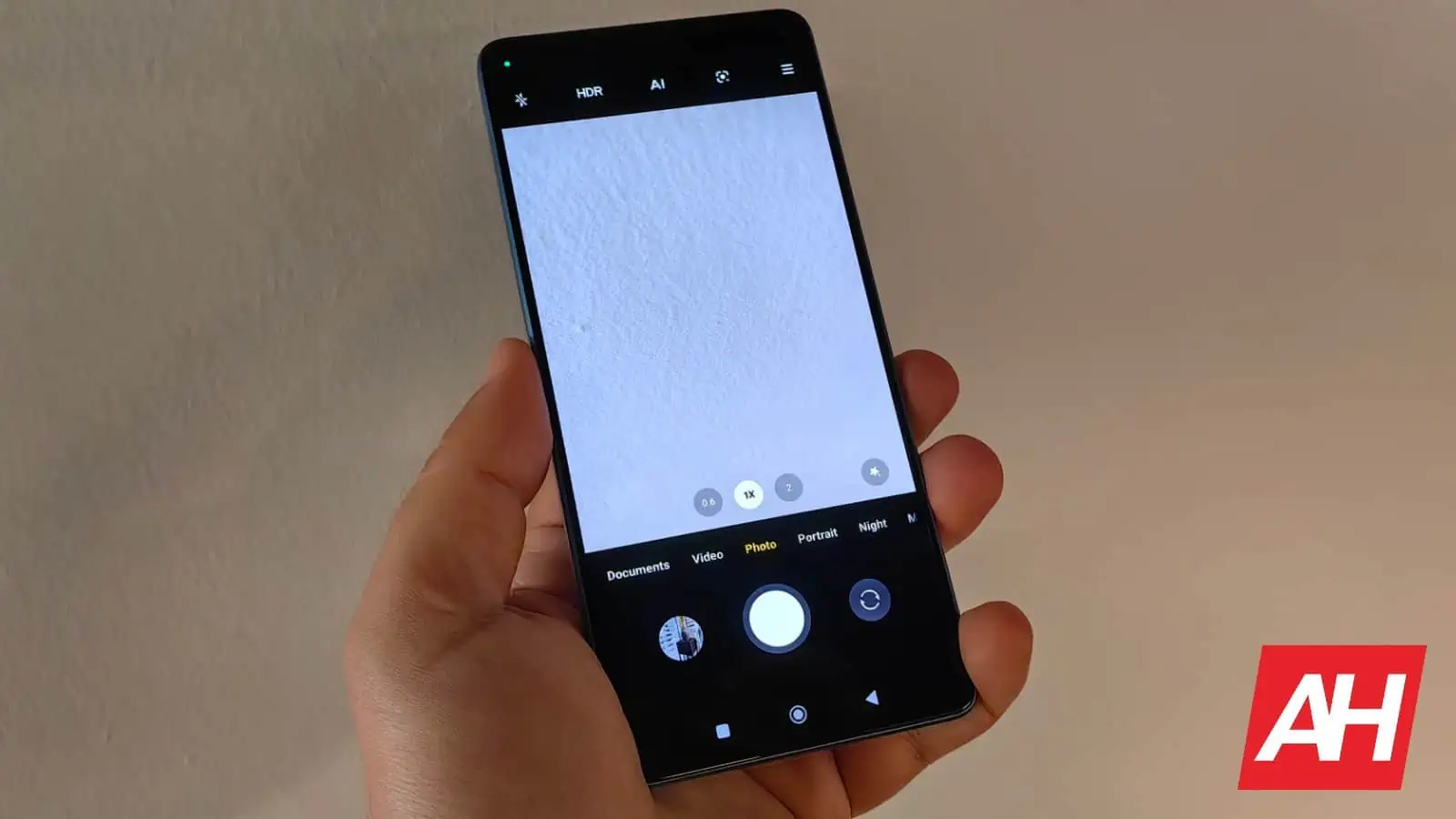
Believe it or not, the POCO F5 did a better job overall, at least in most situations. It provided warmer images, with better details, and far better white balance in some scenes. It even did a better job in low light. The images overall ended up looking sharp in most cases, with good colors, and they don’t look too processed. The POCO F5 Pro tended to sharpen things up way too much, and colors in some cases are way off. Look at the grass in the camera samples below, and you’ll see what I mean. It also overexposed some shots I took, unlike the POCO F5.
Low light performance is good enough
Both phones can shoot in low light without a problem. Those samples are not great, but considering the price tag, they’re good enough. In fact, low light mode is not needed for low light shots, at least you don’t have to activate it manually. Both phones will do that on their own. You can force it in some cases, if you’d like to get more light, but get ready for overexposed shots then. Simply let the phone do it on its own, well, unless you activate ultrawide mode, in which case you should always reach for the night mode manually. Low light shots with that camera are really bad unless night mode is involved. Low light shots also look more similar between the two, more similar than samples taken during daylight.
A 2-megapixel macro camera is an afterthought
There is also a 2-megapixel macro camera on the back of both phones, but that camera is not really worth talking about. OEMs should stop utilizing 2-megapixel cameras on phones, they simply don’t offer good performance. You can get usable shots under great lighting, outdoors, but for anything else, it’s not worth it. You’d be better off using the main or ultrawide cameras.
POCO F5 camera samples:
POCO F5 Pro camera samples:
POCO F5 & POCO F5 Pro Review: Software
Both of these phones run Android 13 out of the box, with Xiaomi’s MIUI 14 on top of it. They do have the POCO launcher on top of all that, of course. Now, if you’ve used MIUI 14 on any other phone, you’ll know what to expect here. There are not many changes compared to MIUI 13, most of them are under the hood. They’re performance-related,. That being said, the software on these two phones is very similar. It not only look similar, and feels similar to use, but I’ve had a similar experience with both phones.
There’s plenty of bloatware here, but almost all of it is removable
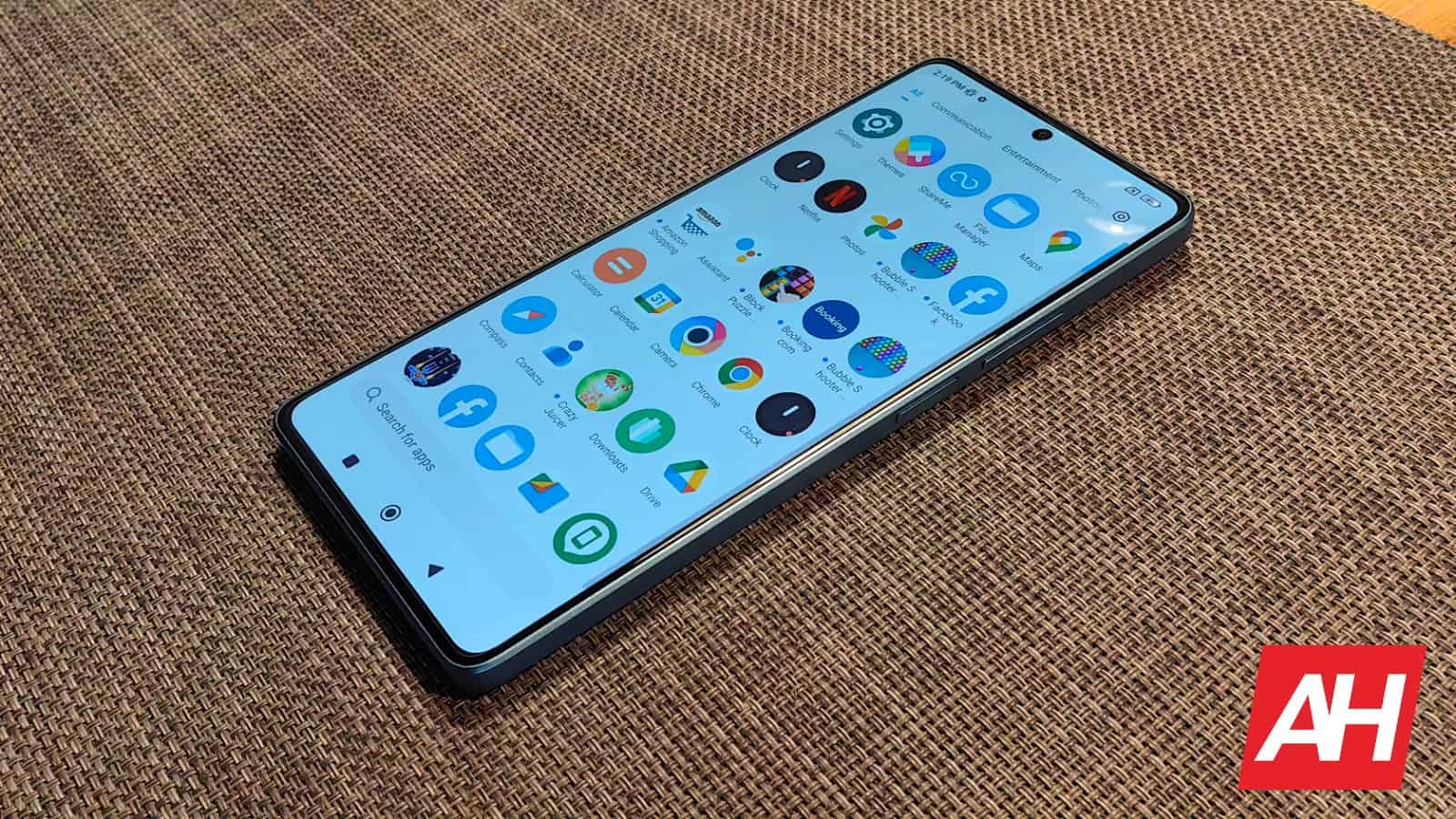
You do get a lot of pre-installed apps that you may not want to use. The good news is, you can uninstall the vast majority of that, with ease. There is even the batch uninstall option, if you’d like to get rid of it all at once. For example, the Amazon Shopping app is installed, the same goes for Netflix, a bunch of games, and more. All that can be uninstalled. Xiaomi decided to go even futher here, as it allows you to uninstall some system apps too. Calculator, for example, can be uninstalled, without a problem. What you cannot uninstall is the Camera app, of course, and apps of that nature. Everything that is not a crucial part of the experience can be removed, so don’t be alarmed by bloatware.
MIUI 14 feels great to use, from the performance standpoint
MIUI 14 felt snappy to use, and other than a single app crash across these two phones, I really didn’t have any issues with it. I’m still not a fan of some things Xiaomi is doing in MIUI, as it tends to feel considerably different to stock Android, but it works. Not only does it work, but it works really well. Unlike stock Android, the status bar icons are colored here, you cannot swipe across your bundled notifications with one finger to expand them (tap to expand does the trick), and so on. There are a ton of such small differences included here. The quick toggles section looks different by default, but you can change its appearance in the settings, the same goes for the home screen settings, and more.
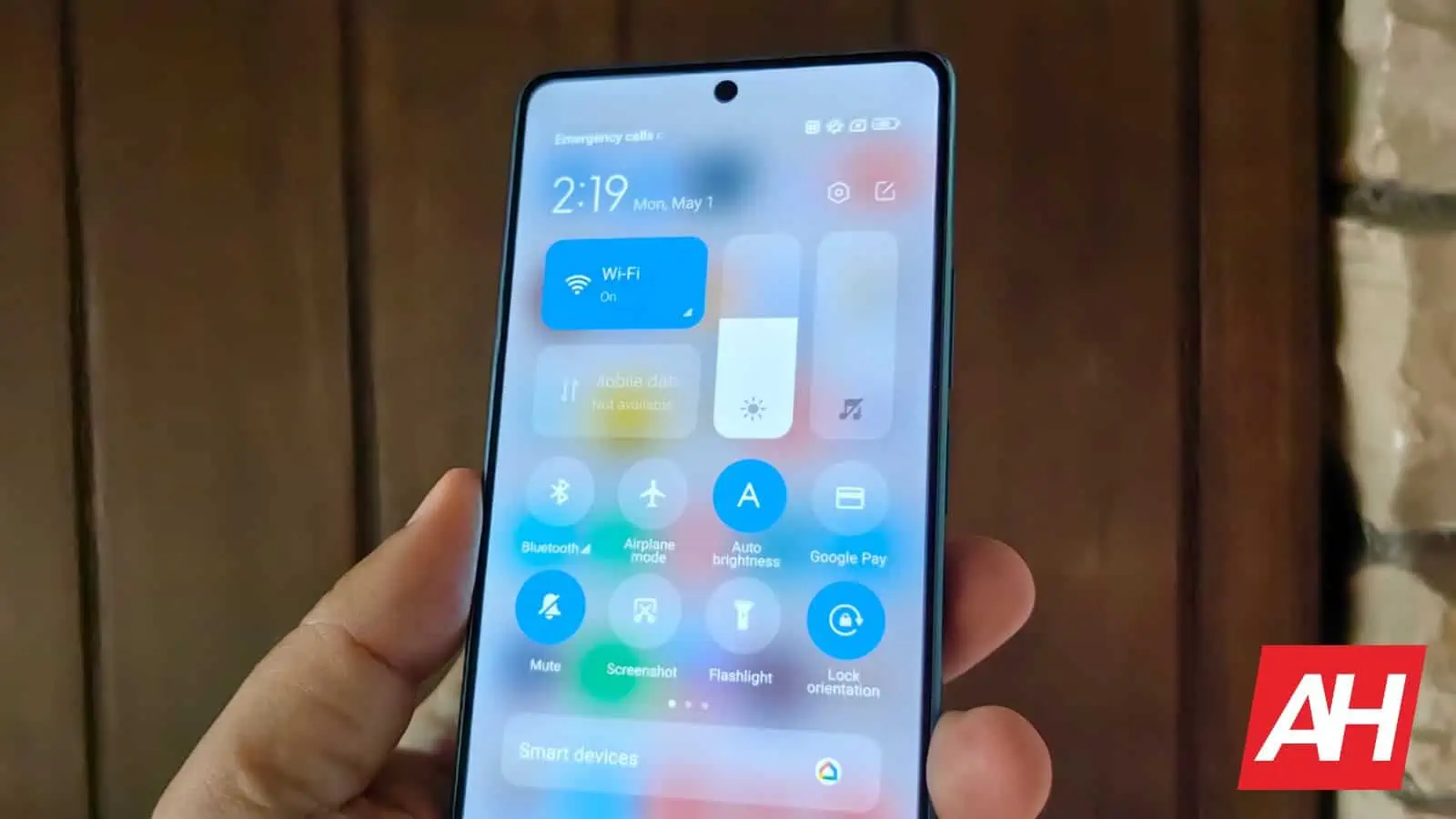
MIUI-related quirks are still present, though
If you’ve used MIUI in recent past, you’ll be right at home here. And the good news is, I didn’t spot that many bugs at all. Get ready to locking apps in the background, though, as you won’t be getting notifications at times if you don’t do that. You’ll not only need to allow them to autostart manually, but you’ll need to remove battery restrictions, and lock them in multitasking in order for them to push notifications your way in a timely manner. That is to be expected when it comes to MIUI, though.
POCO F5 & POCO F5 Pro: Should you buy them?
POCO has been releasing rather compelling devices for years now. Price tags are really important when we talk about POCO devices. The company always tries to offer the best hardware for the price, and it seems like it managed to do so here, yet again. Both of these devices look very compelling on paper, though the ‘Pro’ model more so due to its processor. The Snapdragon 8+ Gen 1 is still a beast of an SoC, but the Snapdragon 7+ Gen 2 is no slouch either. Neither phone has any critical flaws, while they offer good displays with high refresh rate, really good performance, fast charging, and more. The POCO F5 Pro still needs an update or two in order for the camera to become better, as it has the same camera hardware as the POCO F5. All in all, for the price, these two phones are solid offerings. Not everyone wants to spend over $1,000/€1,000 on a phone.
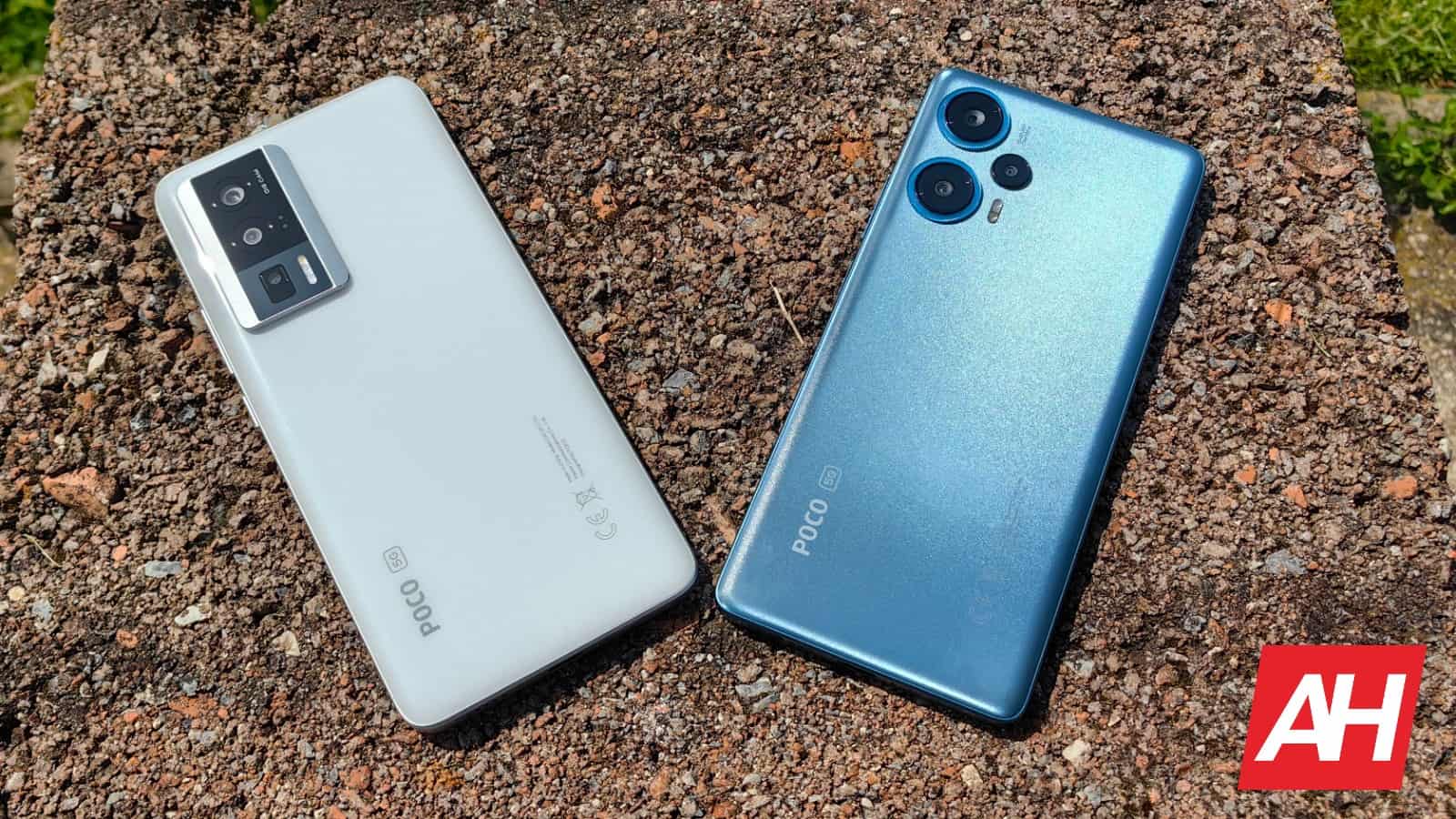
You should buy the POCO F5 & POCO F5 Pro if:
- You’re on a budget
- You want a phone that feels like a top-of-the-line device for less
- You’re tired of Samsung & Apple offerings relatively slow charging
- You want a charger in the box
- You like MIUI
You shouldn’t buy the POCO F5 & POCO F5 Pro if:
- You’re not a fan of MIUI
- You want top notch camera performance
- You need wireless charging

